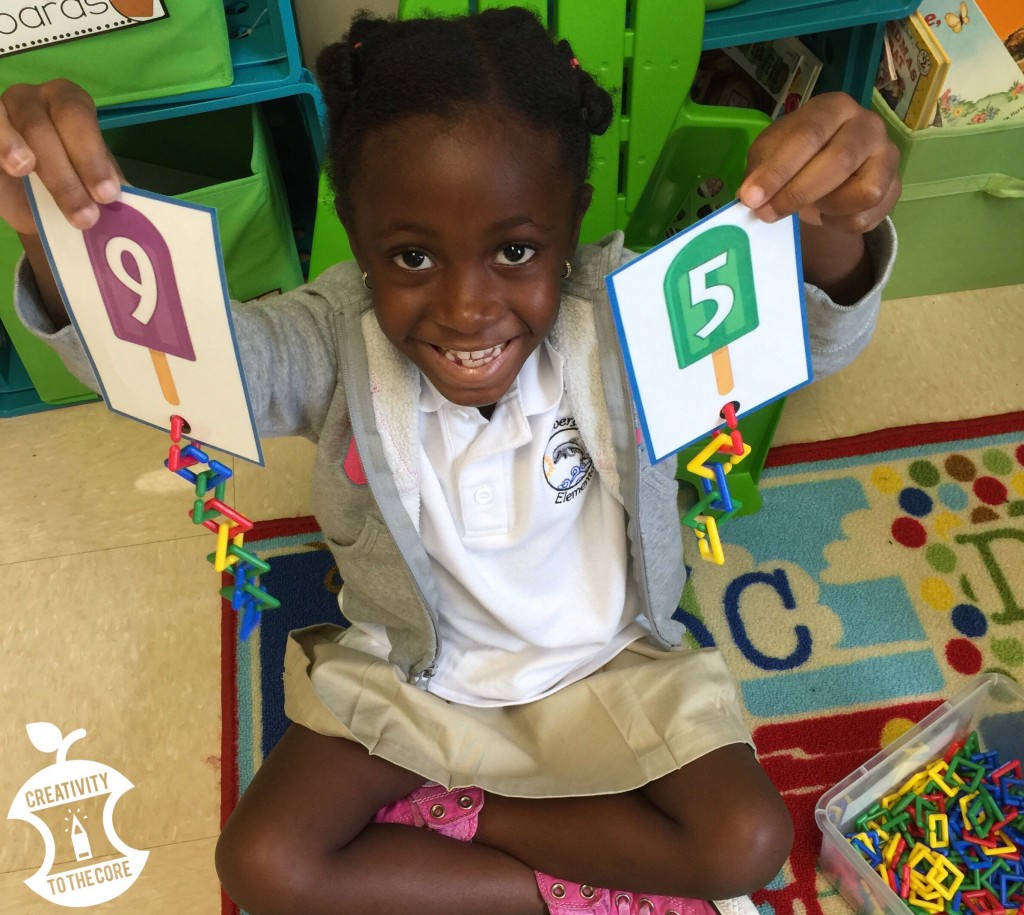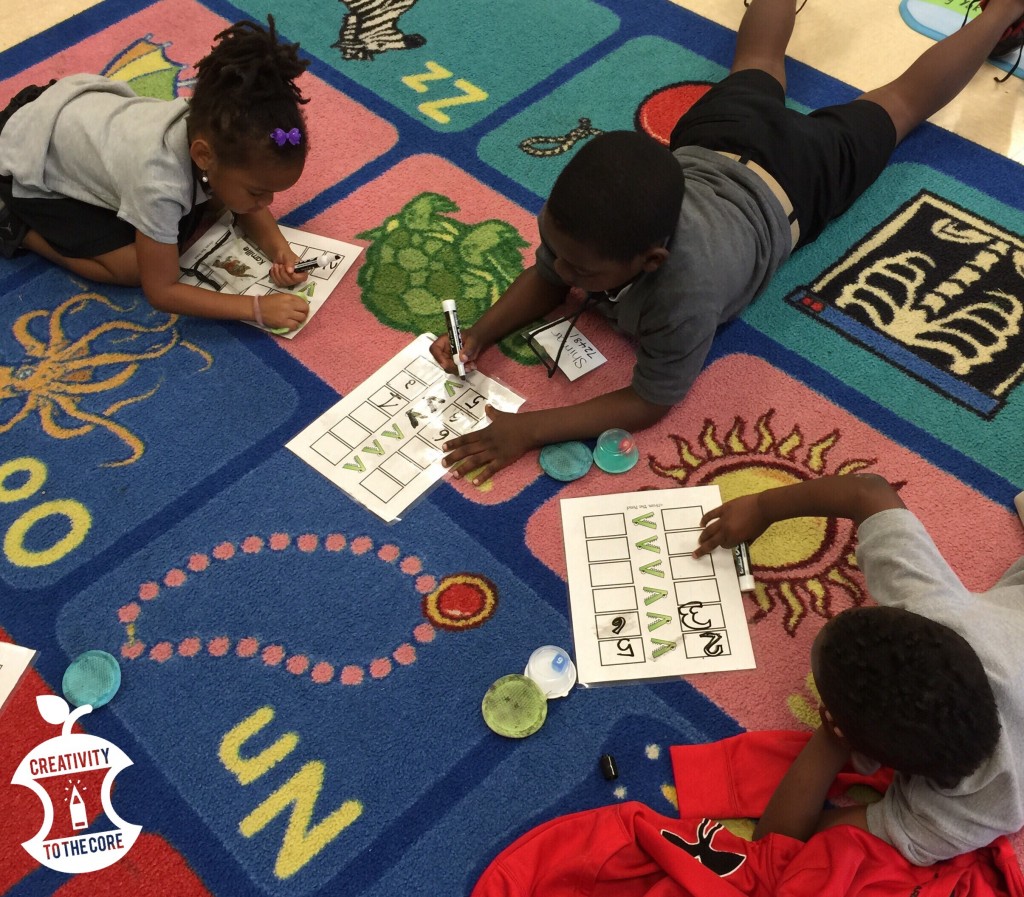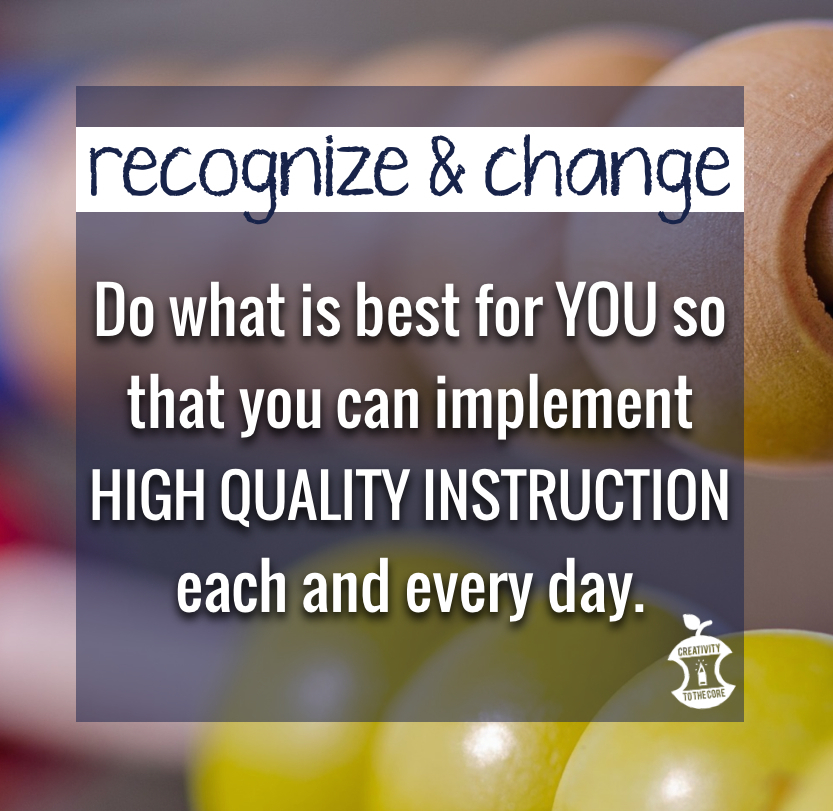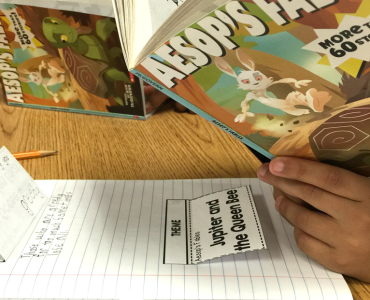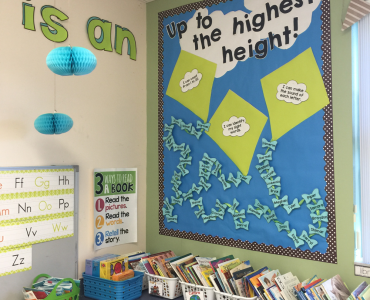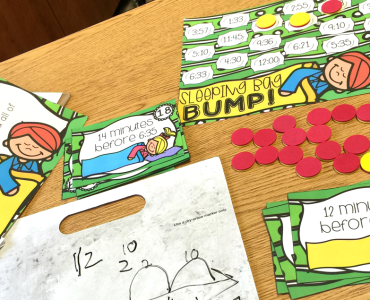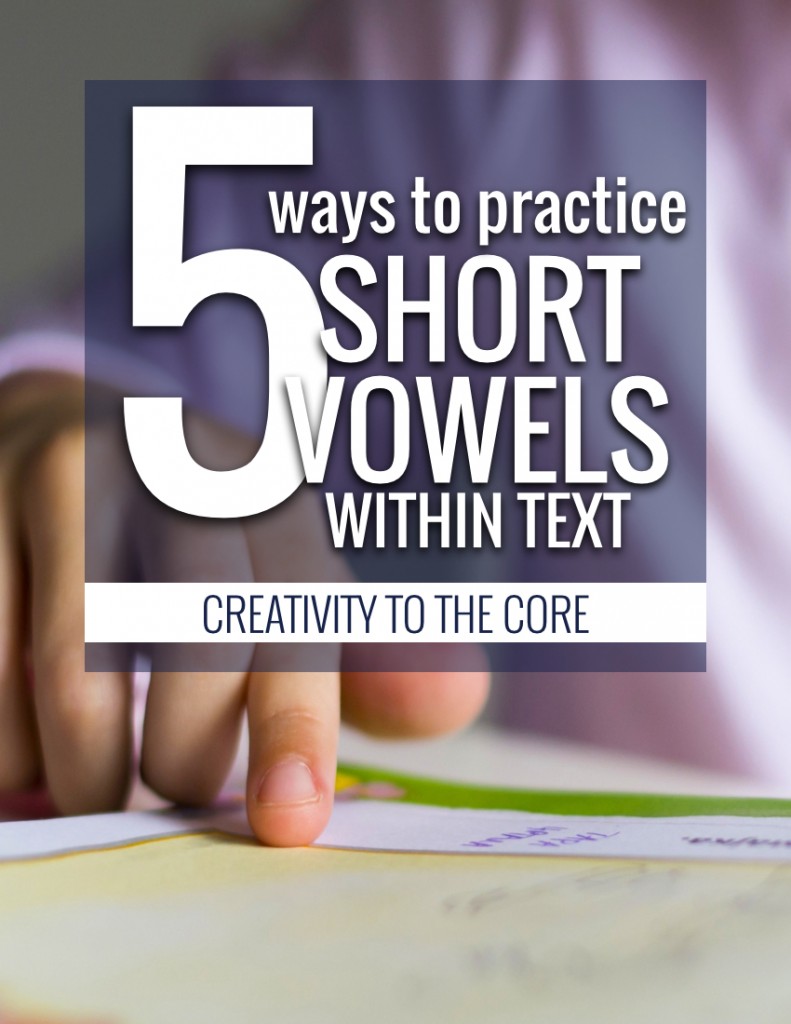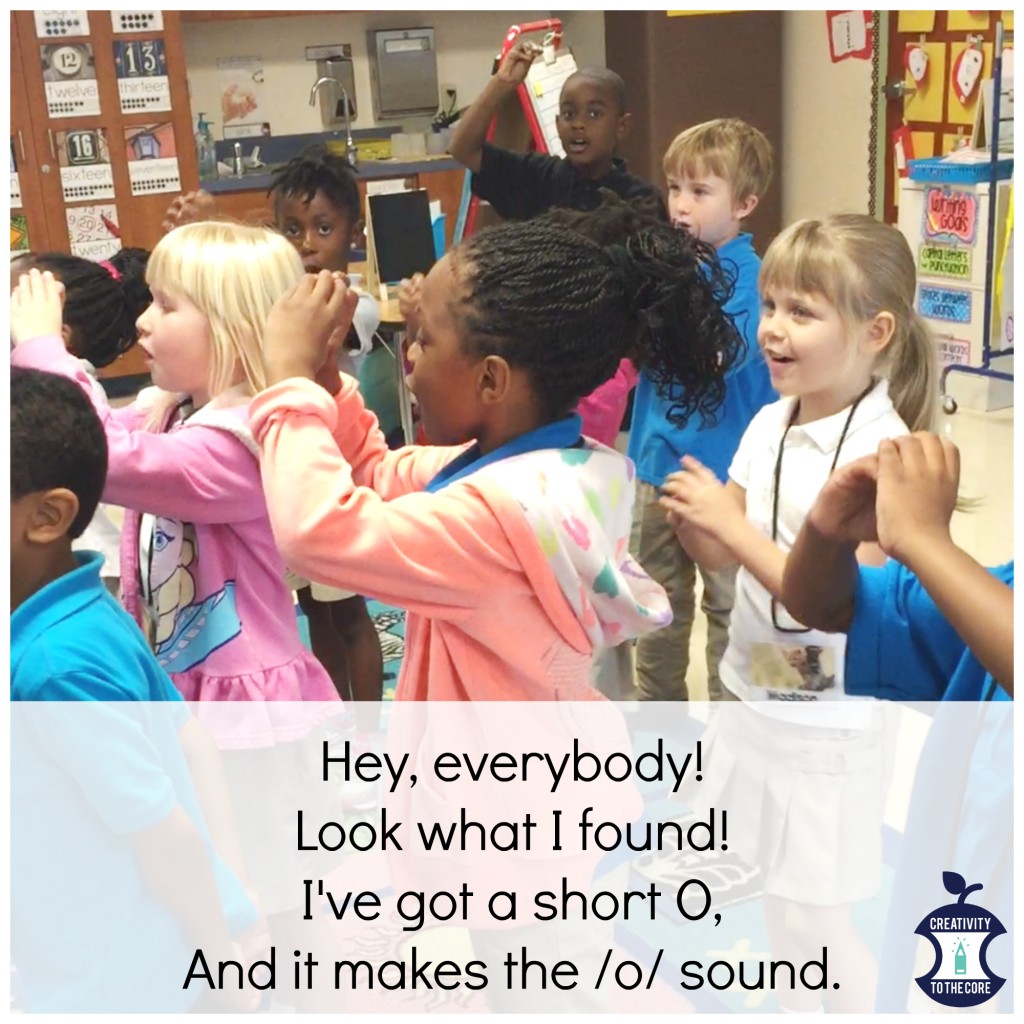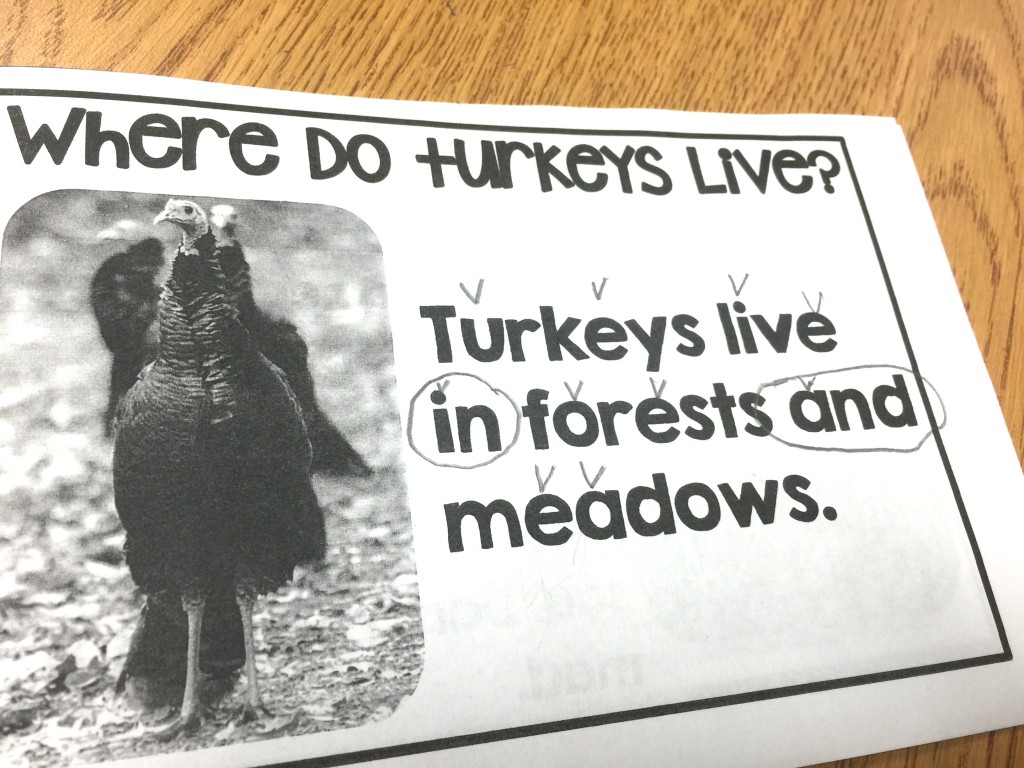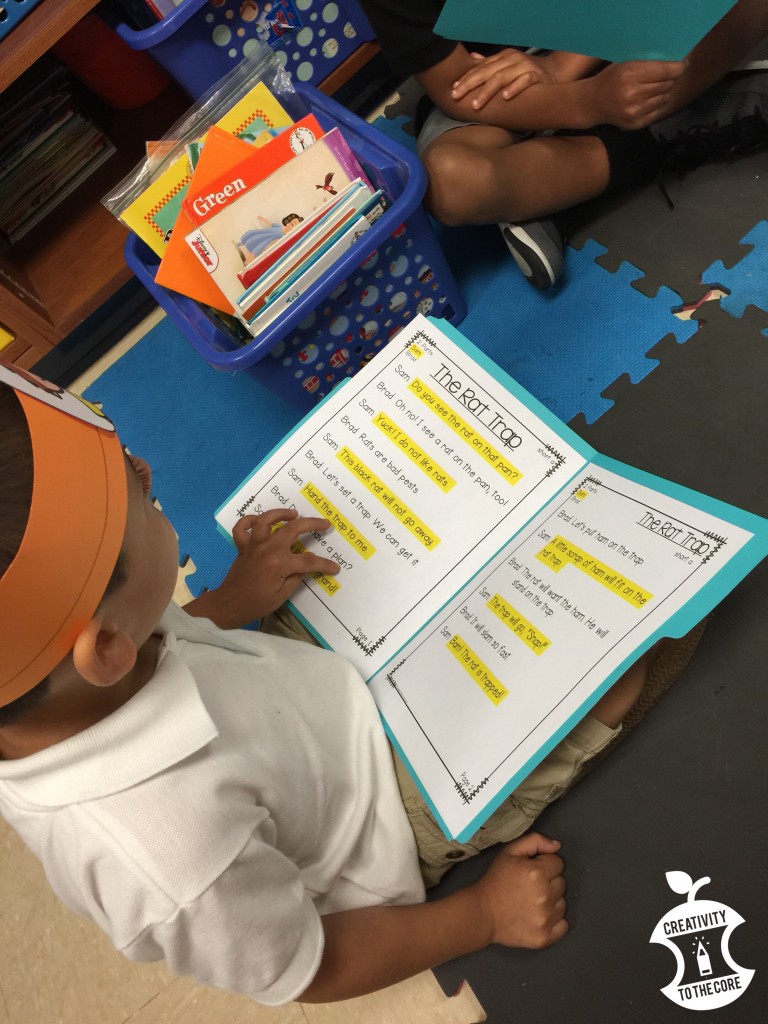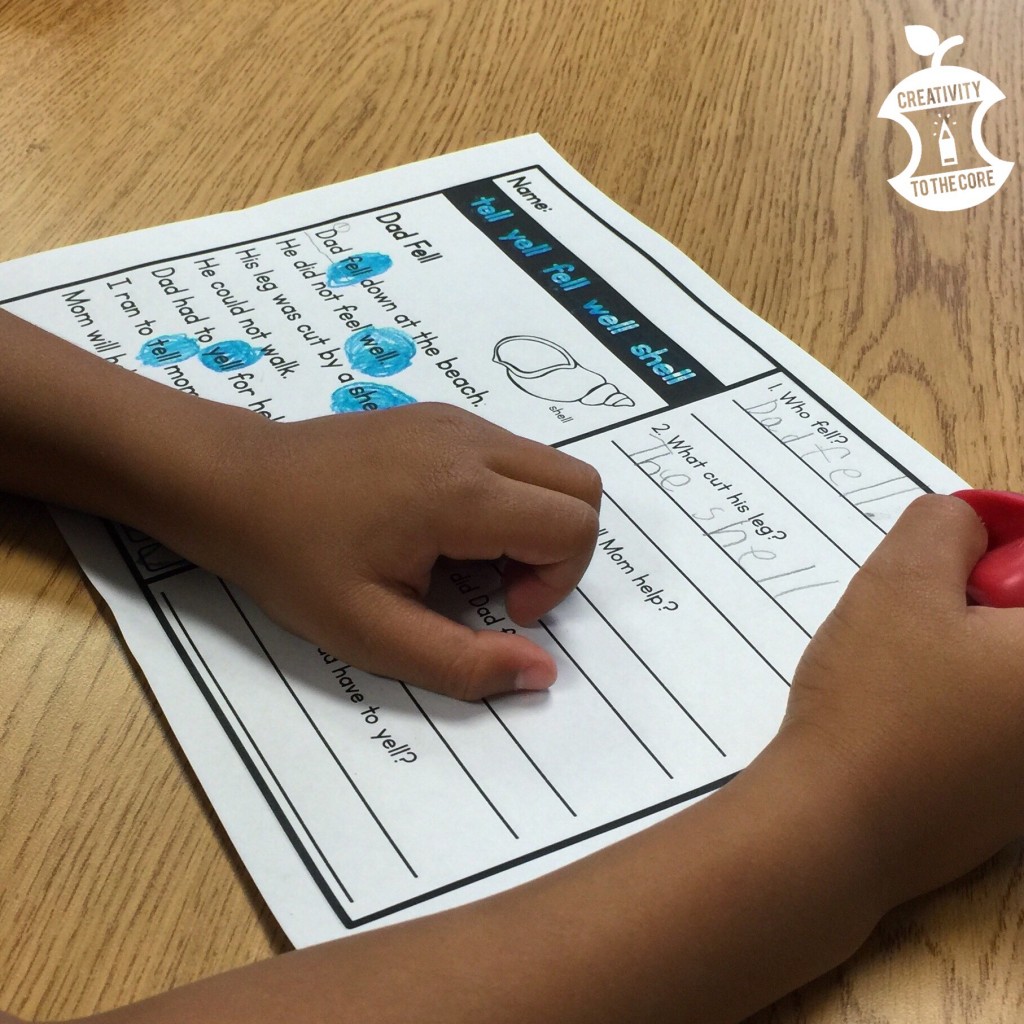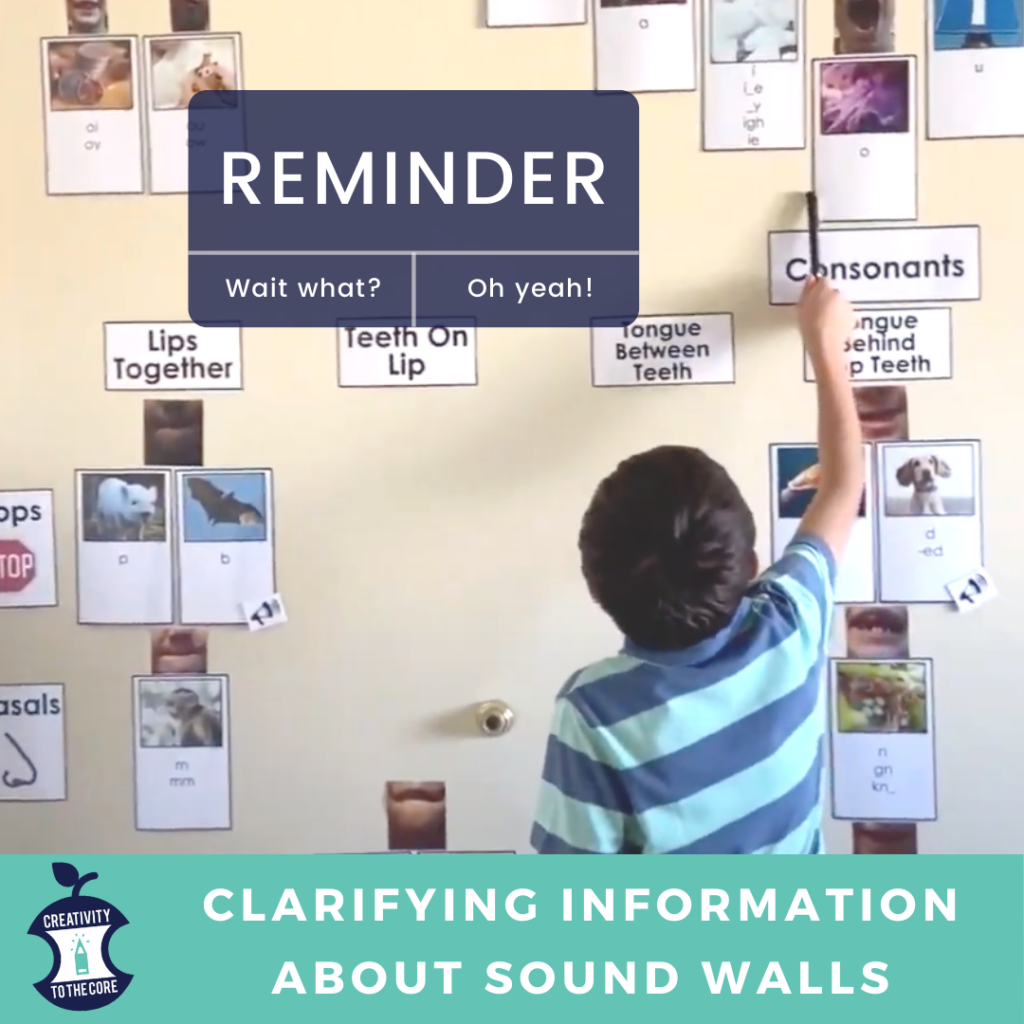
Sound Walls are growing increasingly popular with teachers around the globe. We hear the hype! Now, let’s get down to the specifics!
- Sound walls are NOT the Science of Reading. The Science of Reading is NOT sound walls.
Sound walls are one (of many!) possible ways to focus your instruction toward things that have been found to be most effective in research. Sound walls are a tool. Putting a sound wall up in your classroom does not guarantee you are “aligned with the science of reading”. Also, having a “science of reading aligned” classroom does not require a sound wall.
“The Science of Reading is a vast, interdisciplinary body of scientifically-based research about reading and issues related to reading and writing. This research has been conducted over the last five decades across the world, and it is derived from thousands of studies conducted in multiple languages. The science of reading has culminated in a preponderance of evidence to inform how proficient reading and writing develop; why some have difficulty; and how we can most effectively assess and teach and, therefore, improve student outcomes through prevention of and intervention for reading difficulties.” (https://www.whatisthescienceofreading.org)
- There is no formal research on the efficacy of sound walls in the classroom. There IS research to support components which lead us to use a sound wall. There are multiple studies that look into these components. I have linked just a few below. There is research on:
focusing on the phoneme level for blending and segmenting
focusing on articulatory features to teach reading and spelling
focusing on a code-emphasis reading instruction that is systematic and explicit.
If we know from research that it is effective to focus on these in the classroom, then it makes sense to use a sound wall. A sound wall will help you to spend intentional time and energy on components that build independent readers and writers.
- Sound walls are an interactive instructional tool.
Sound walls will only be as effective as YOU make them. Sound walls should be combined with your explicit systematic instruction of phonemic awareness, phonics, and writing. Explicit phonics instruction helps students to know when and where to use each spelling pattern. The more the teacher models the use of the sound wall, the more the students will as well. Student interaction with the wall is important. It will not be effective if left on the wall as wallpaper.
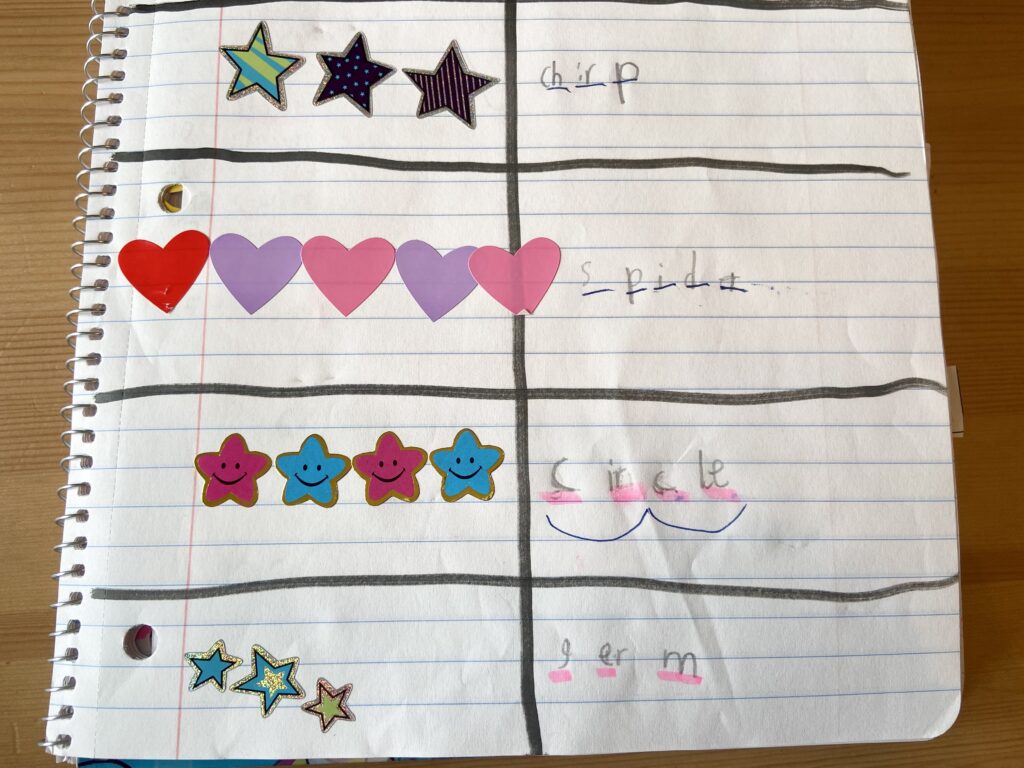
When modeling how to spell or write a word, teachers should draw student attention to the individual sounds. As students count the sounds, use counters or draw lines for each sound. The teacher can then model how to attach a grapheme to each phoneme using the sound wall as a tool. Each phoneme line students draw represents ONE phoneme card on the sound wall.
- Teacher knowledge is the starting point.
A sound wall seems like an inviting and doable first step into the science of reading for many teachers. However, teacher knowledge should be the starting point. Knowledge of phonology and phonics is key. (Your campus or district SLP can be an invaluable resource for you!) If you decide to use a sound wall because it’s recommended, but you are not building your understanding of it, it won’t be as effective as it could be. For students to understand it, teachers must first understand it. Give yourself grace. Allow yourself time to build your knowledge. Sound walls are just one tool for students. Don’t feel that you have to rush into it because it is a current trend in classrooms.
Here are some helpful resources to get you started:
Pronunciation of all 44 Phonemes
Uncovering the Logic of English
Six Steps to Start with Sound Walls
Read more about Sound Walls:
Getting Started with a Sound Wall

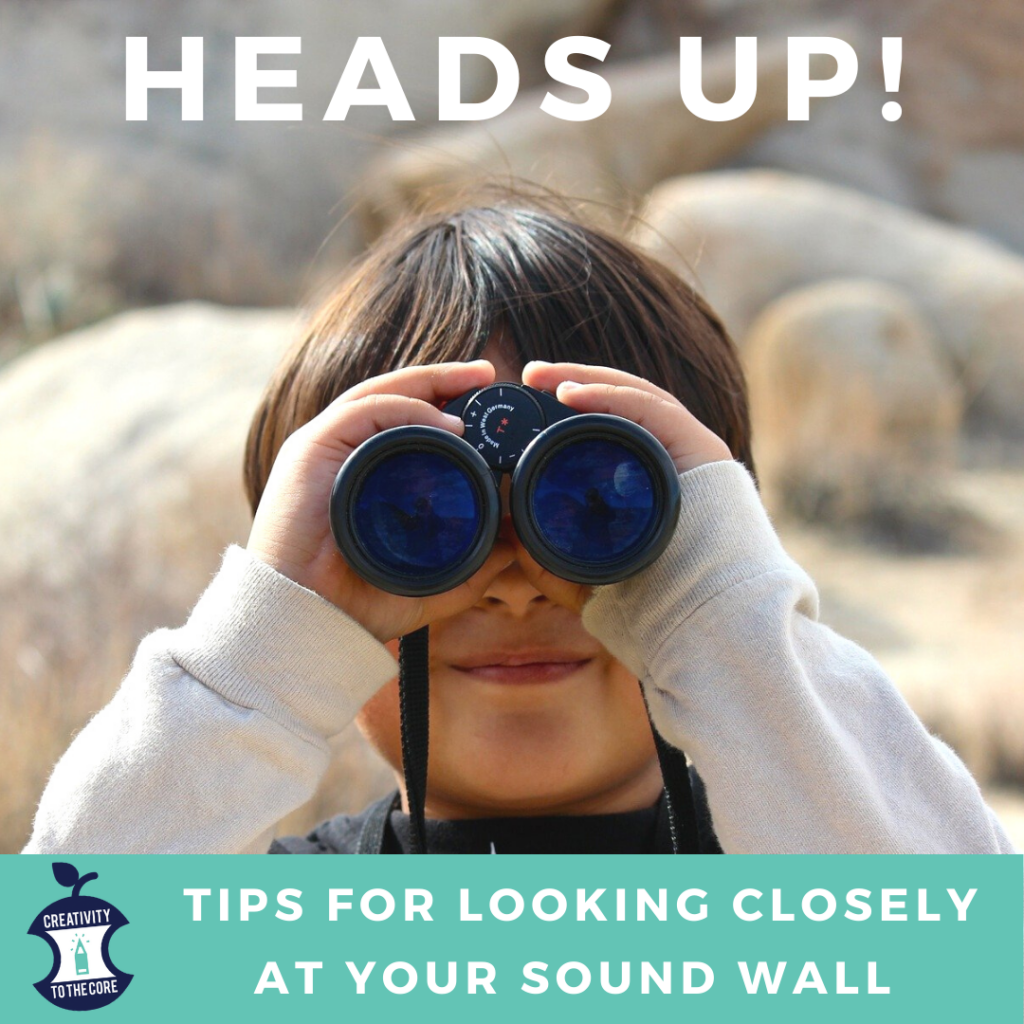
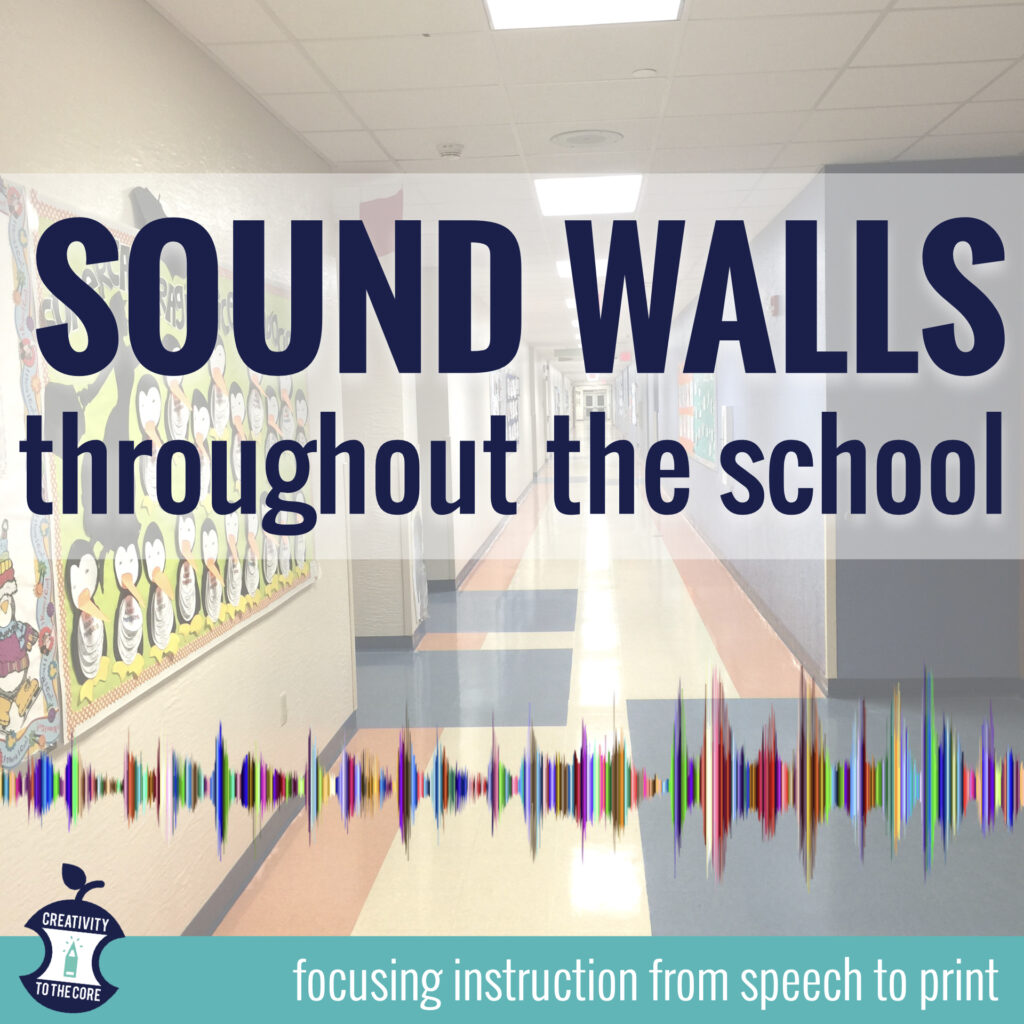
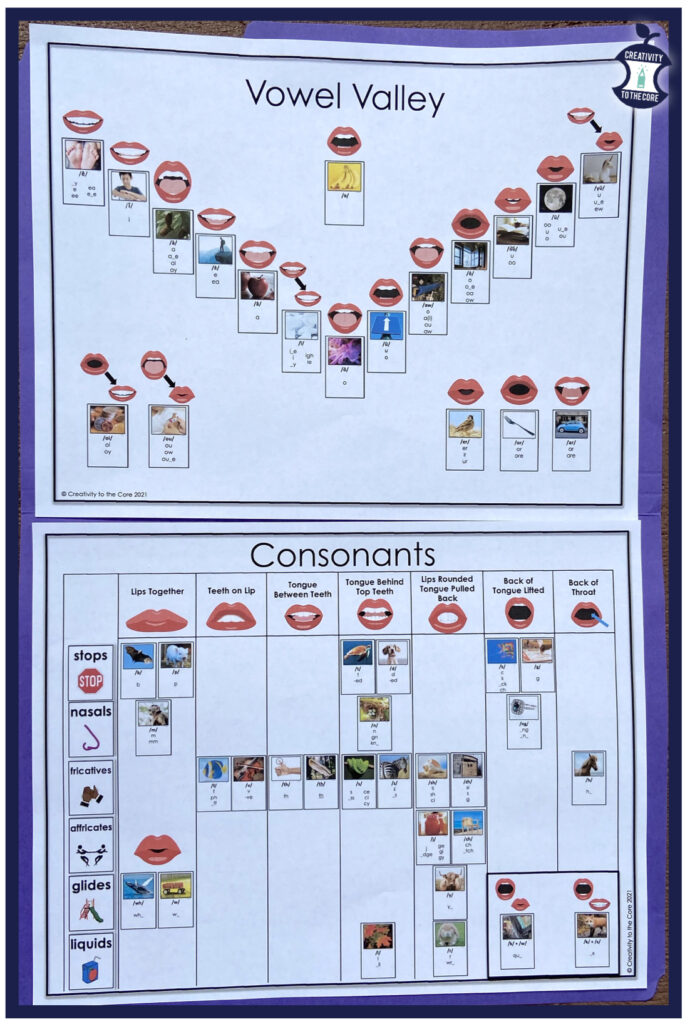
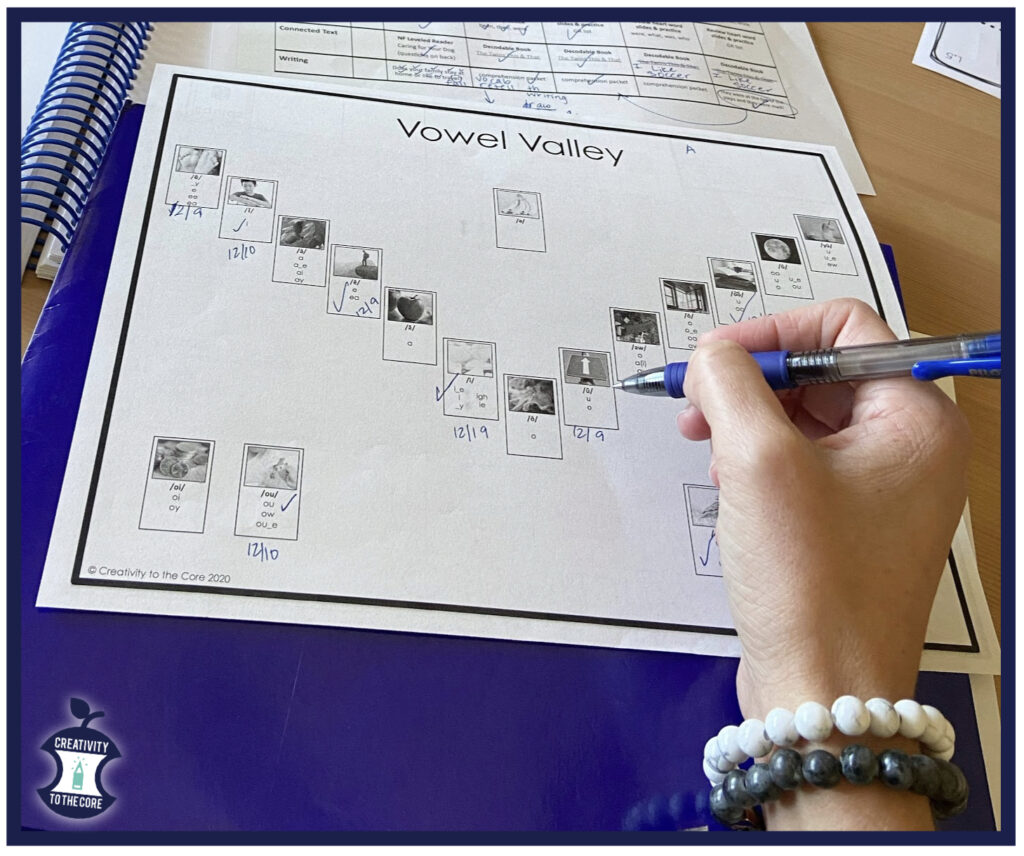
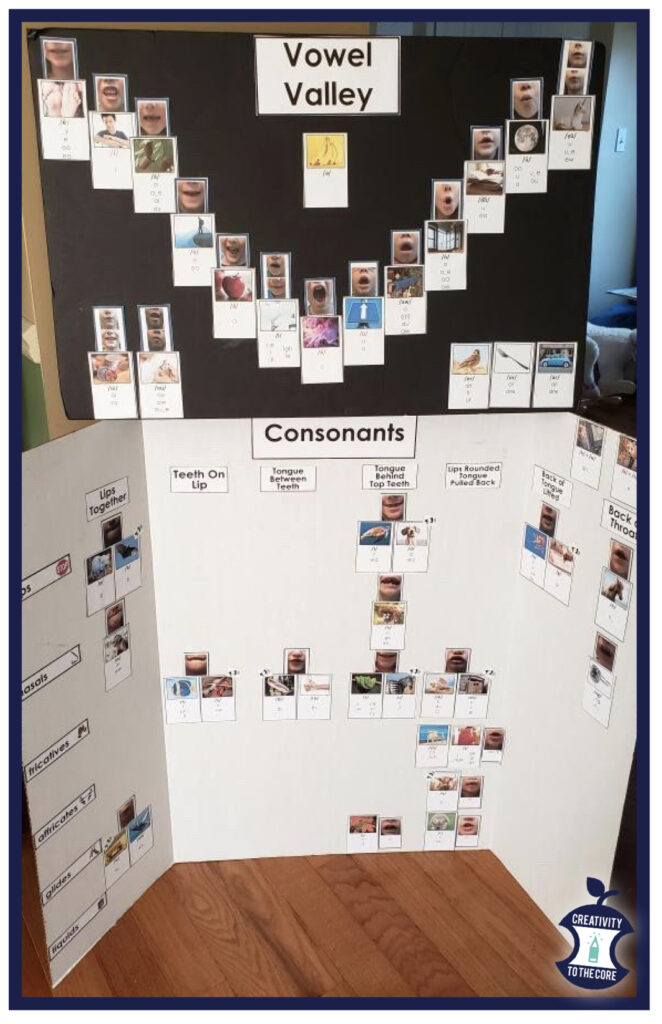
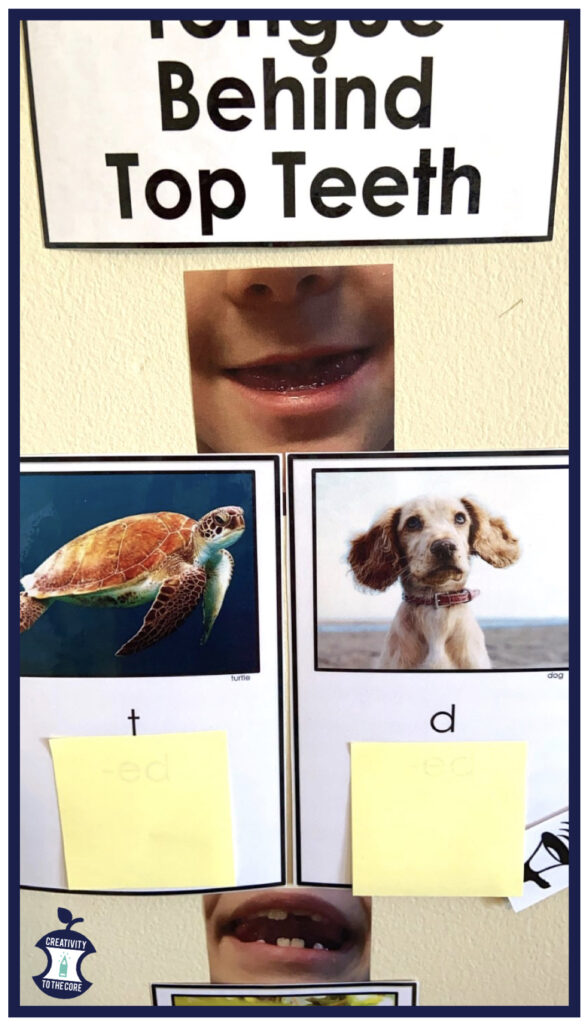
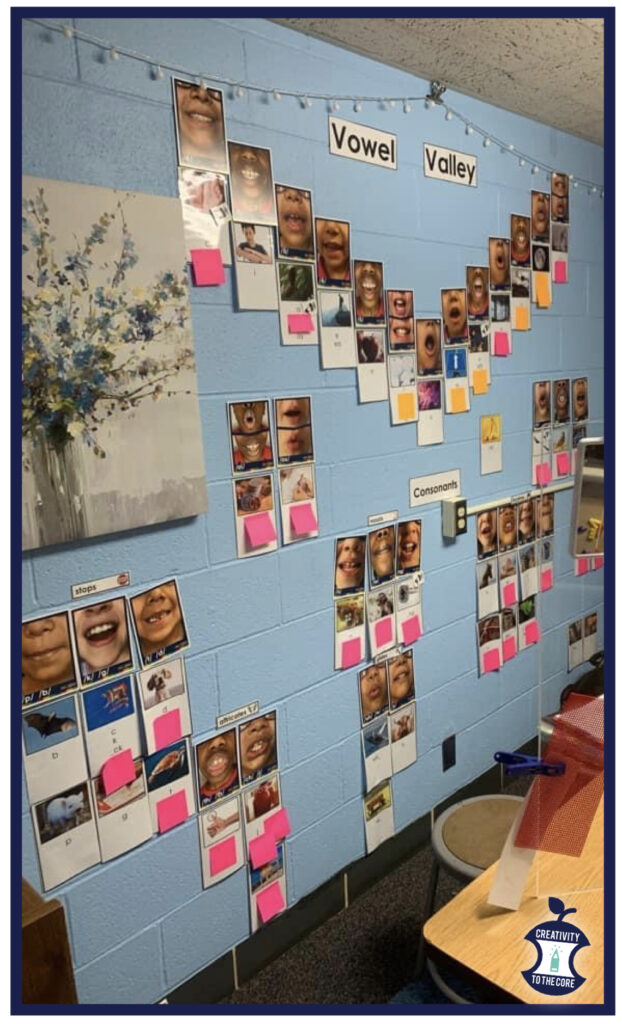
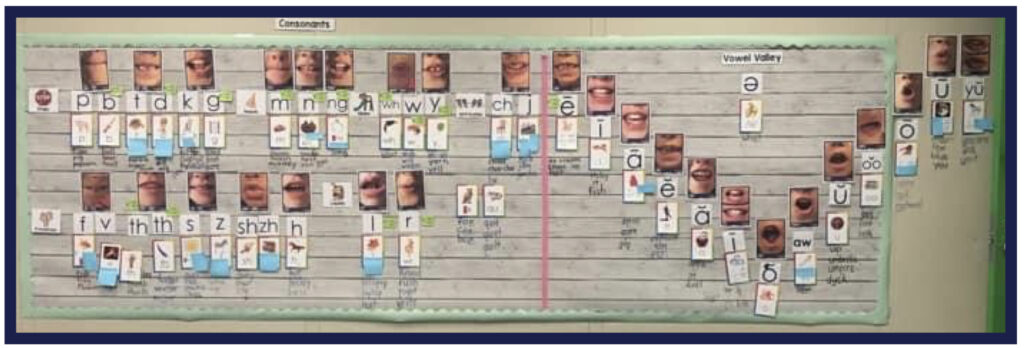
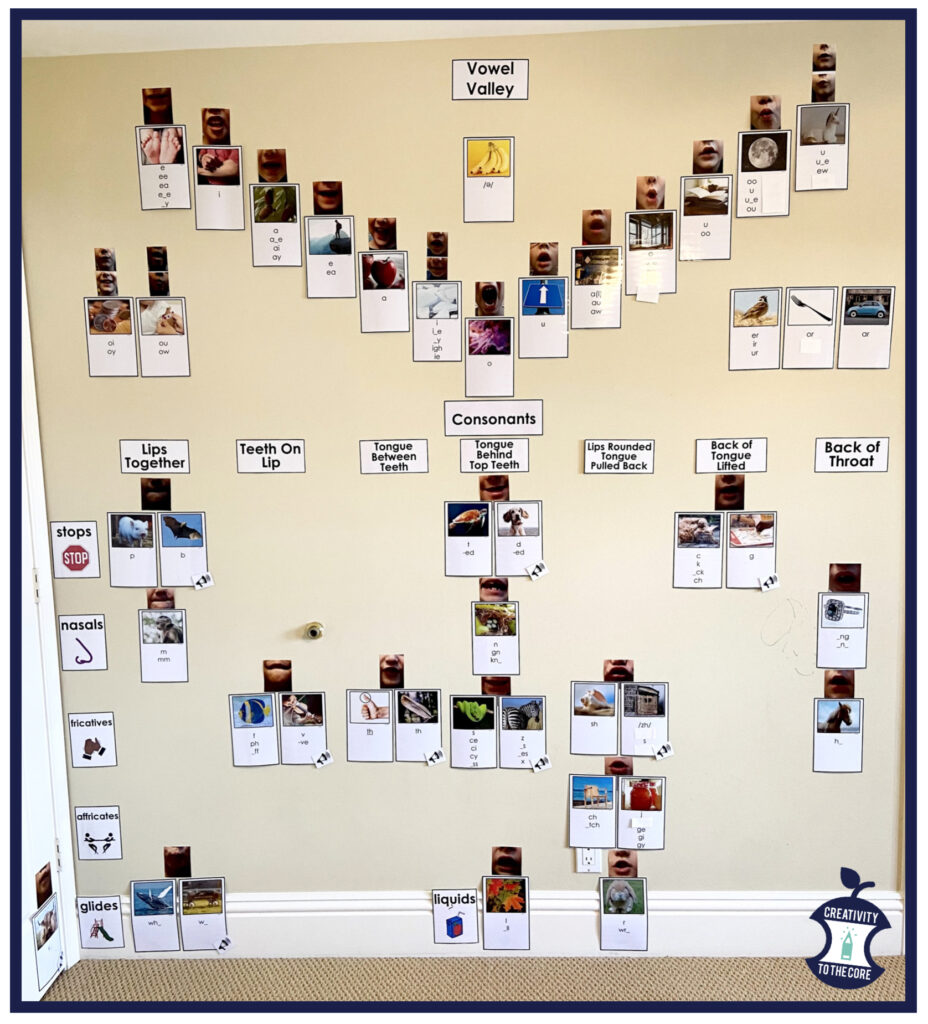
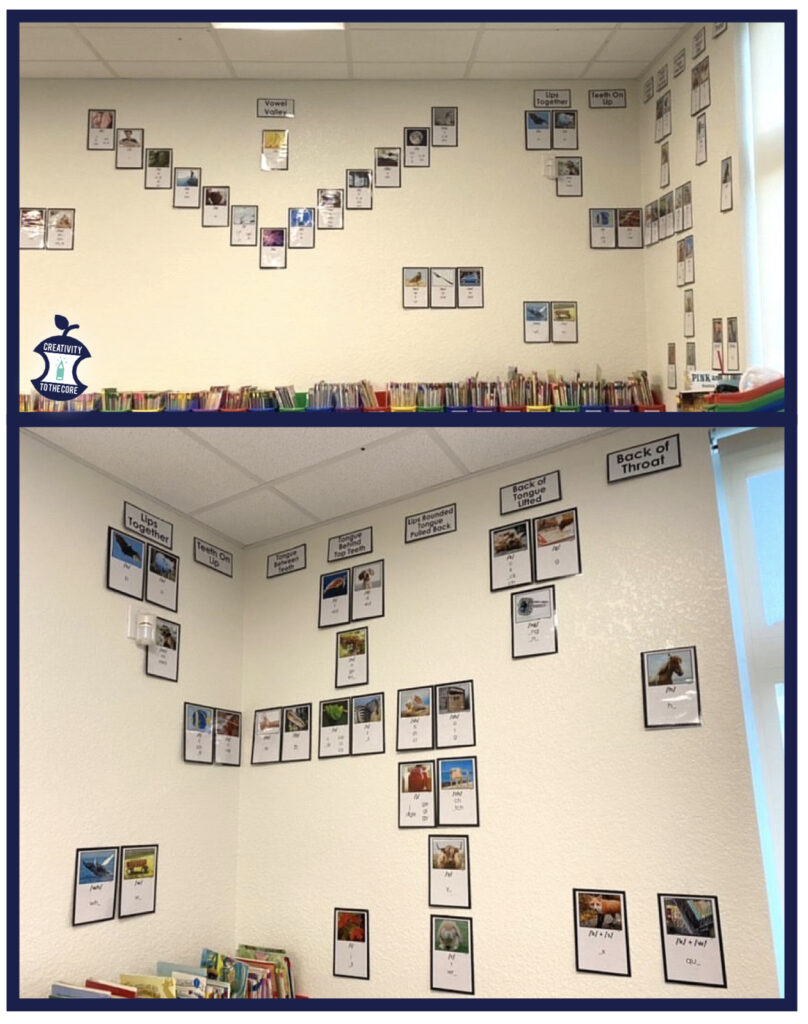
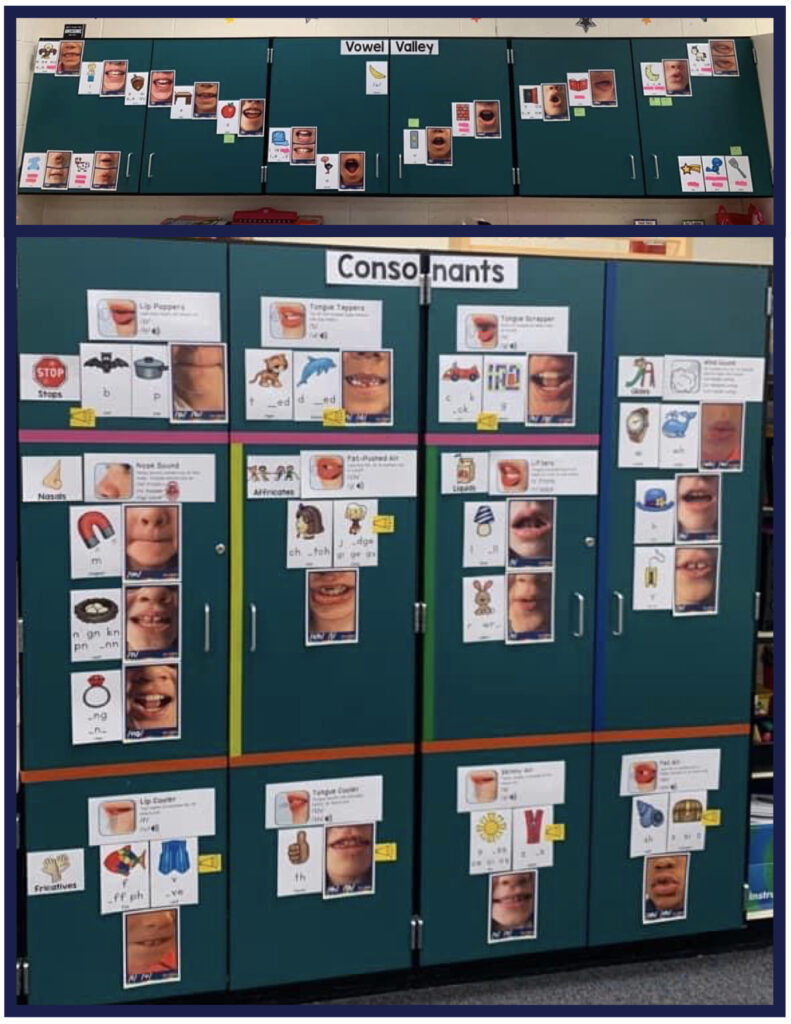
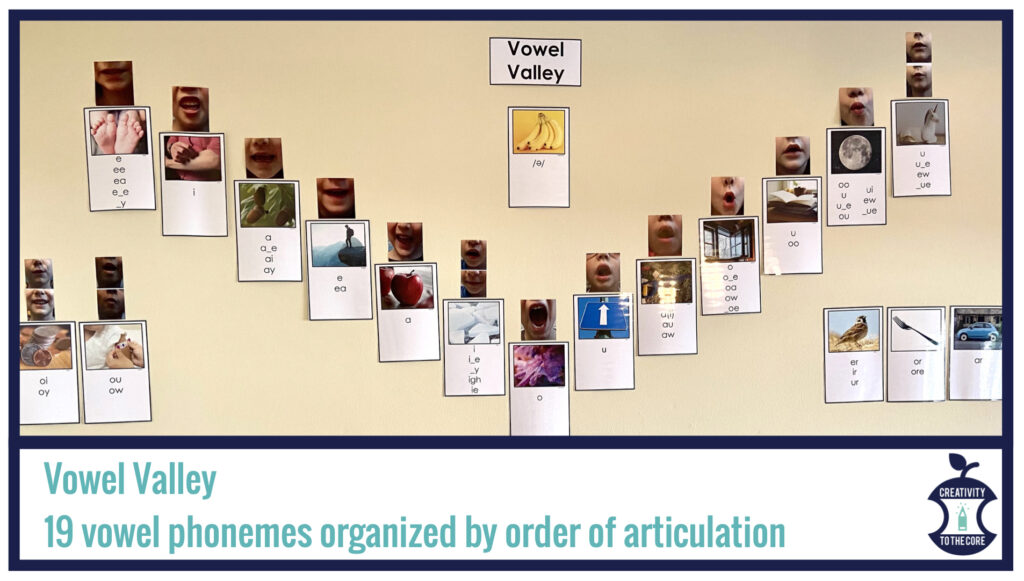
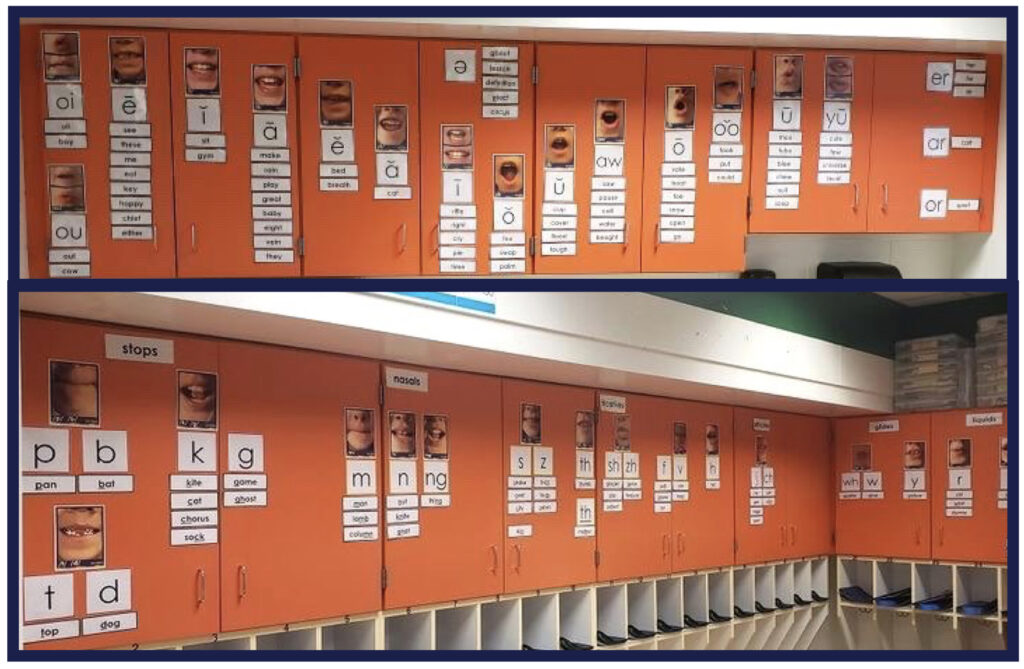
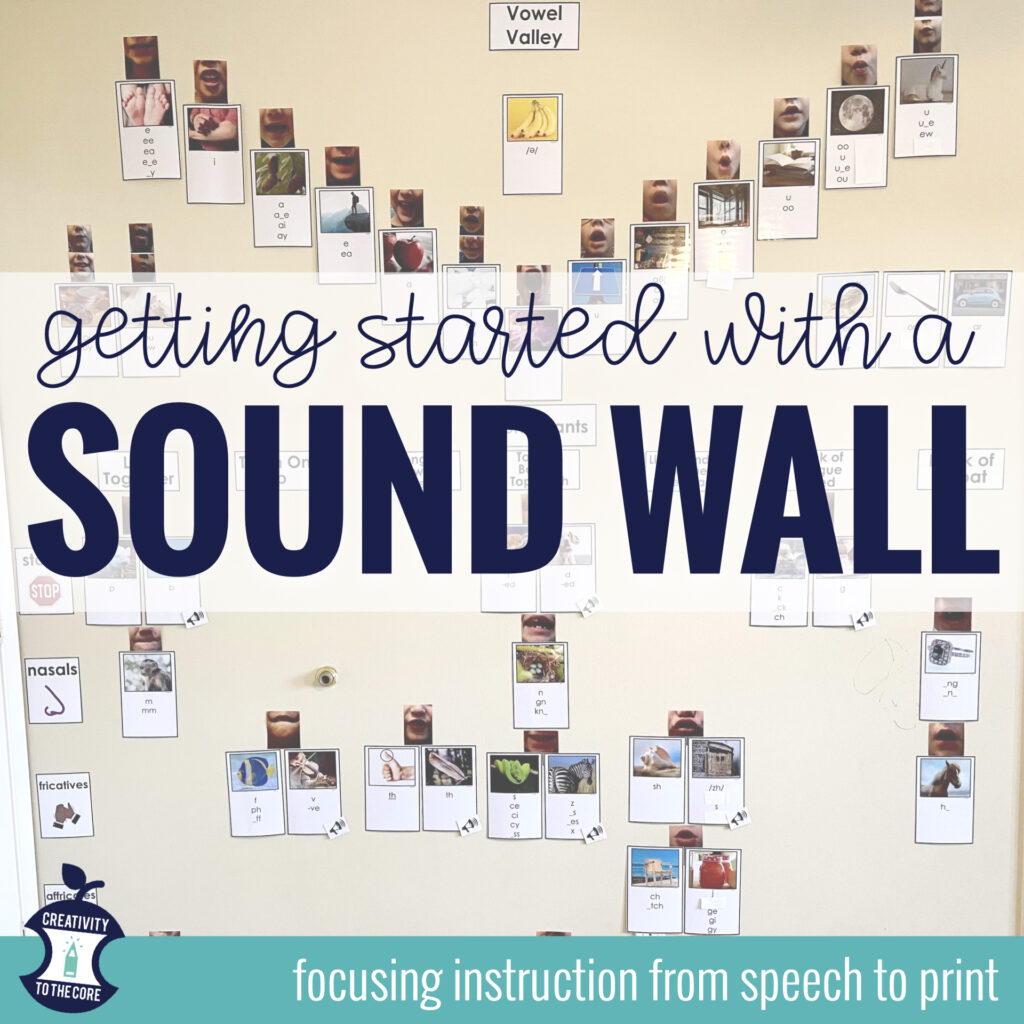
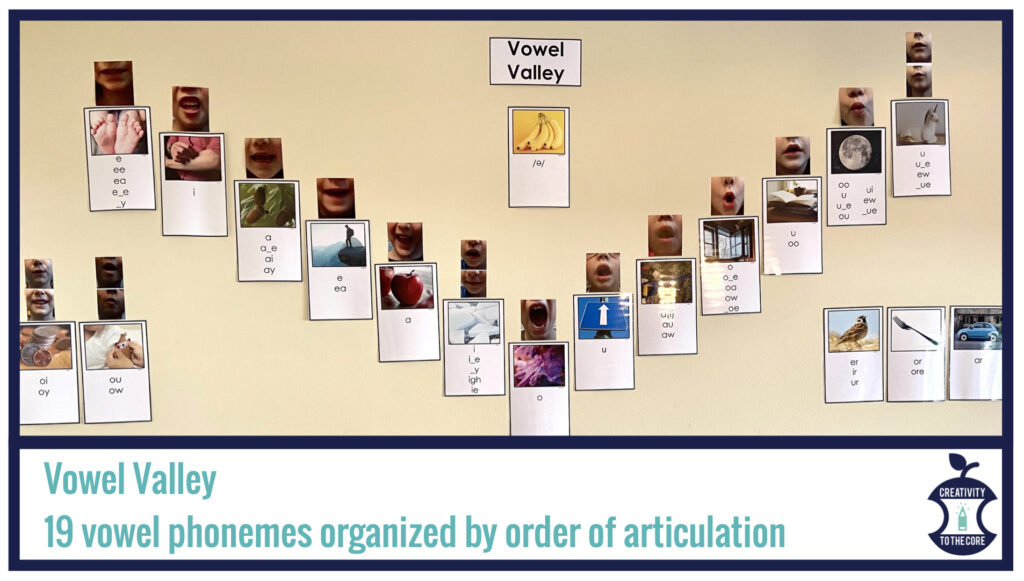
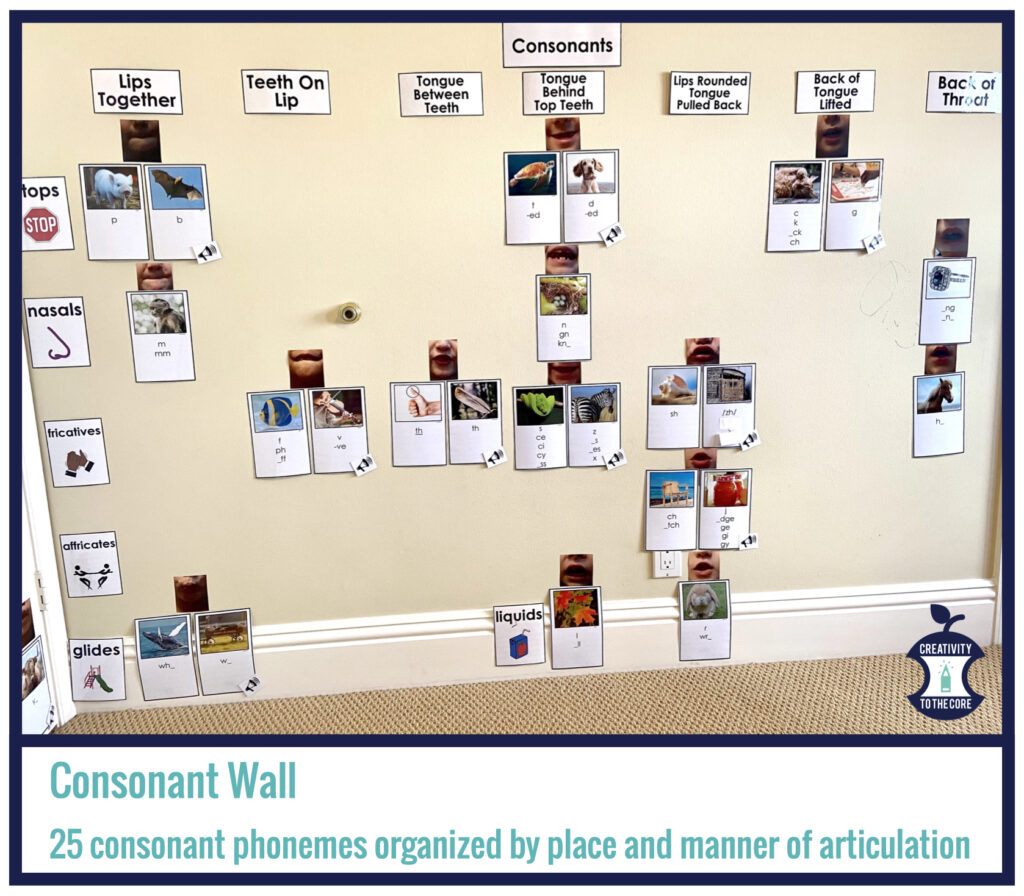
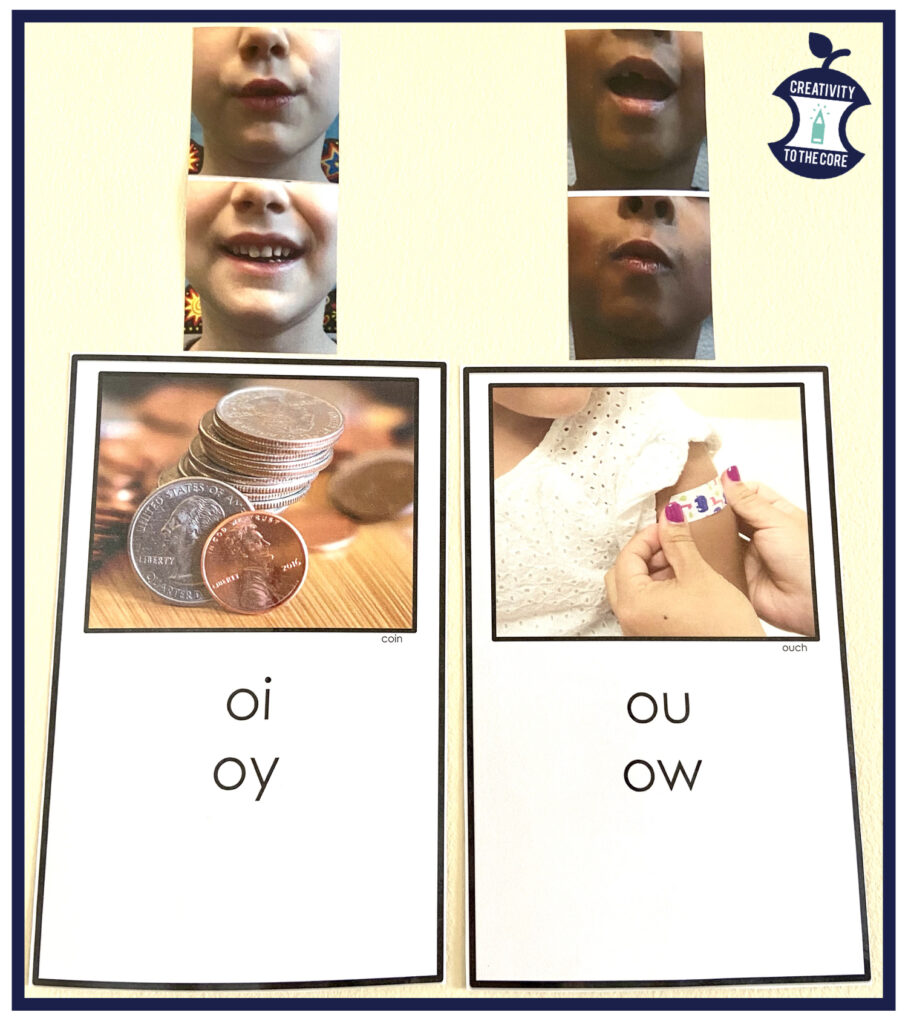
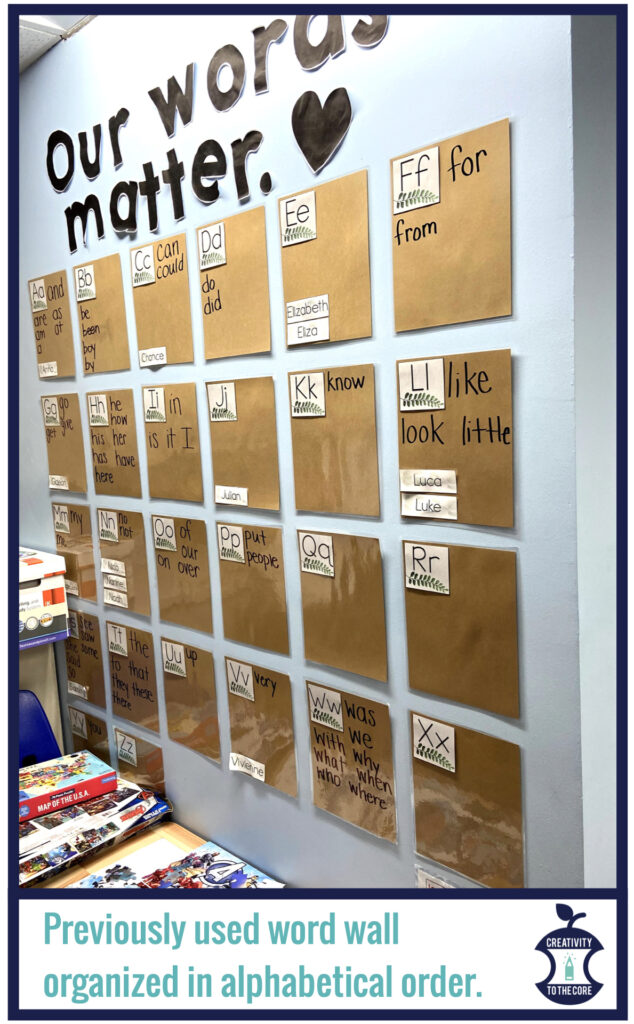

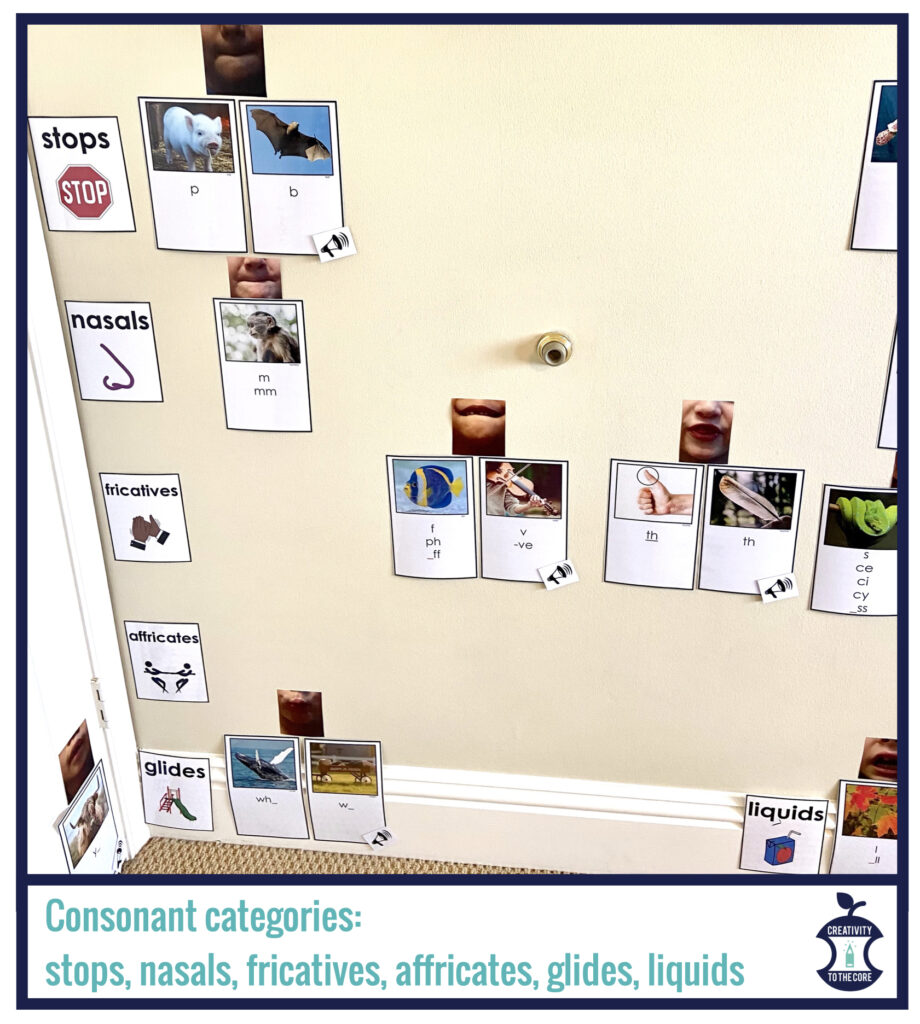
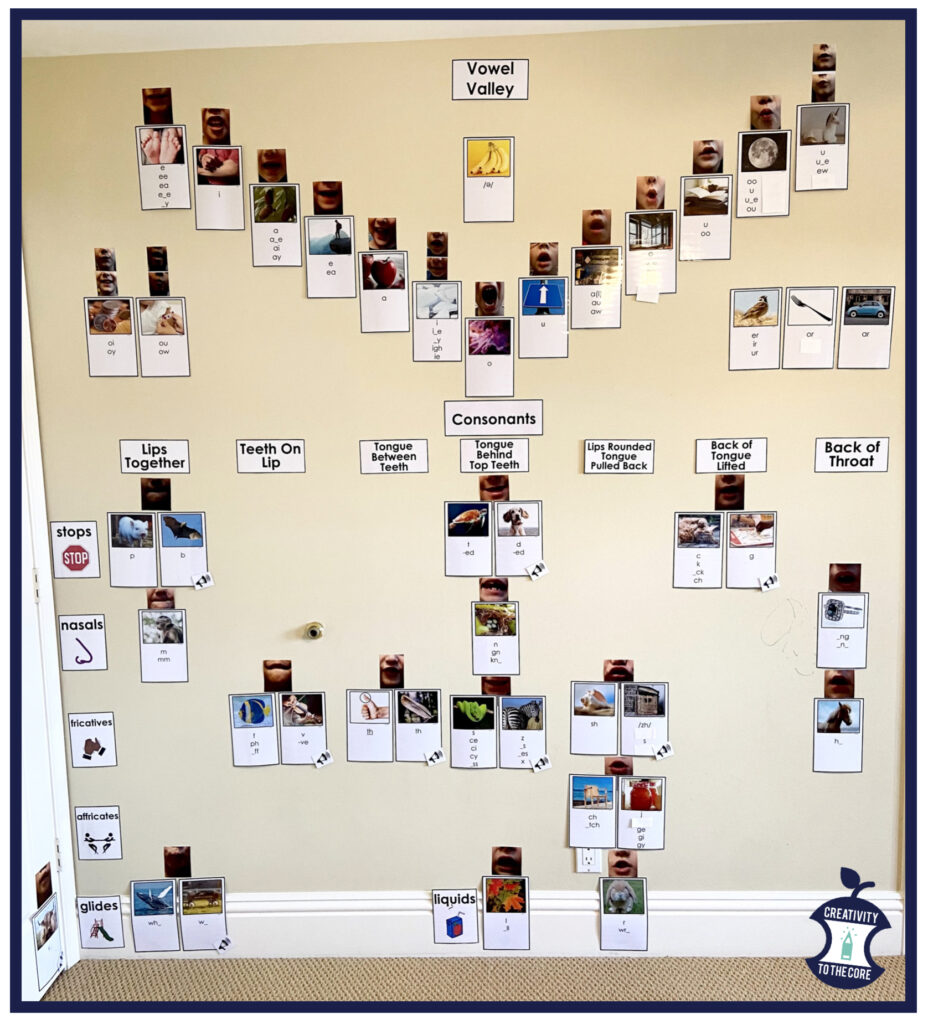

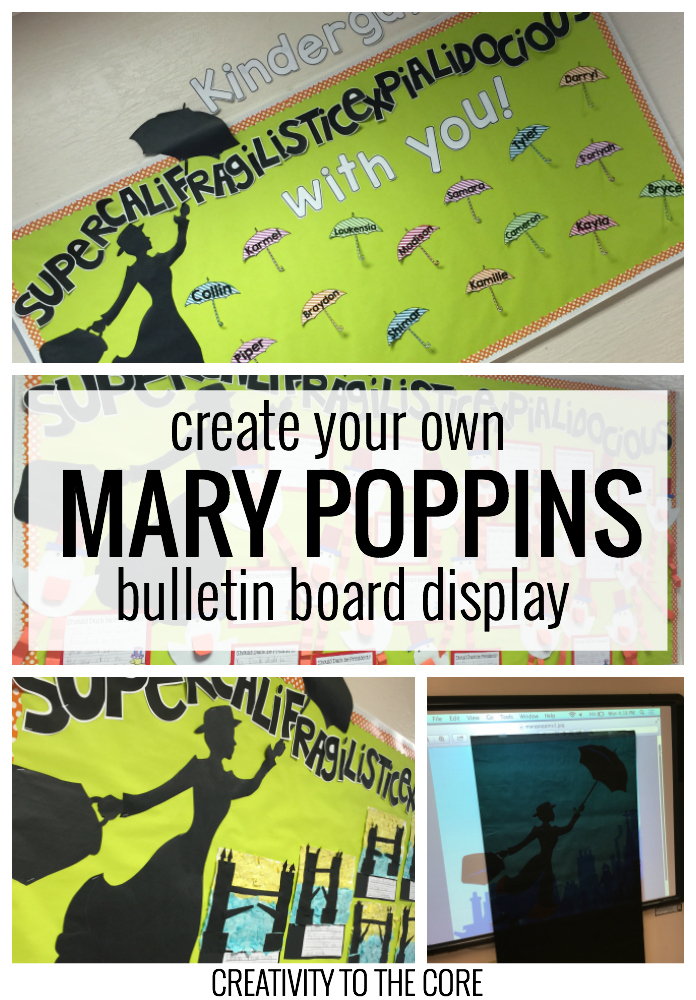
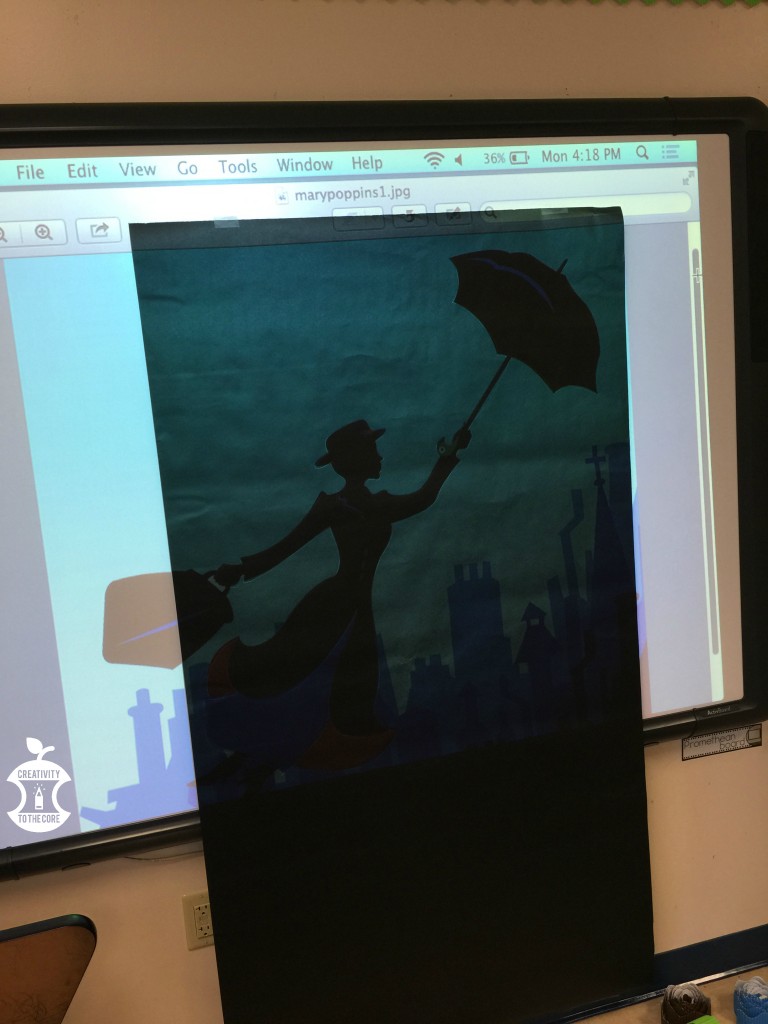
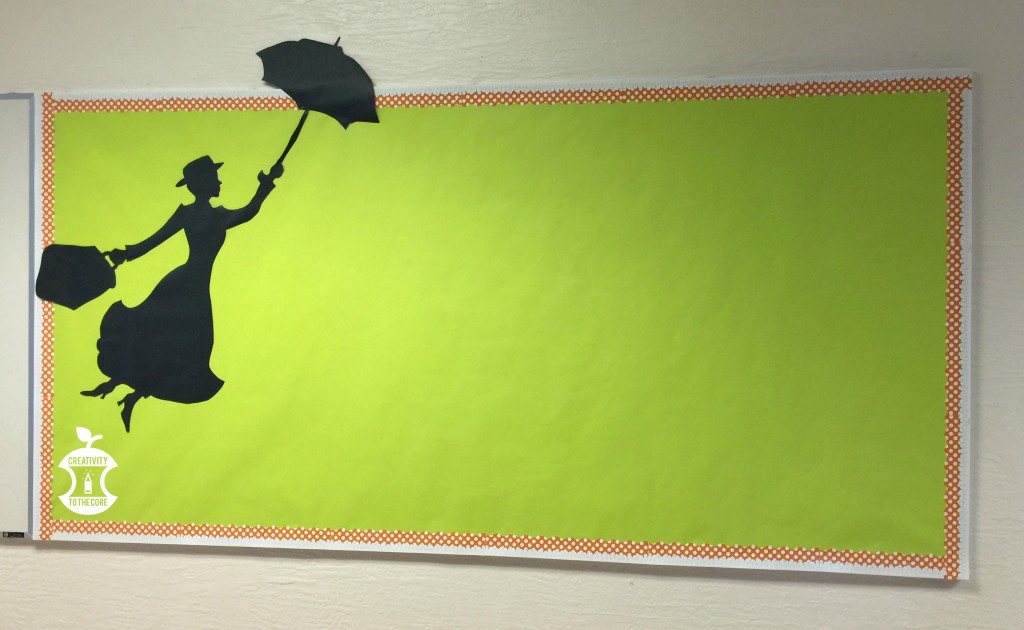
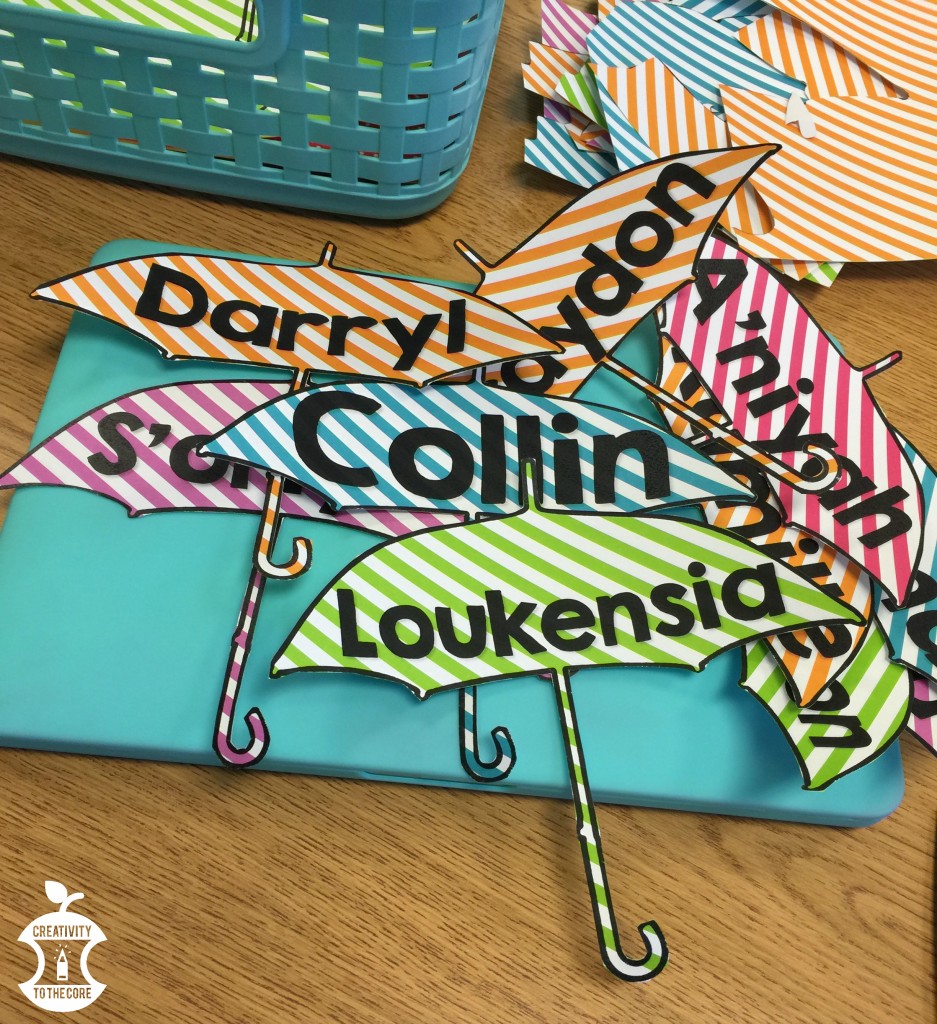
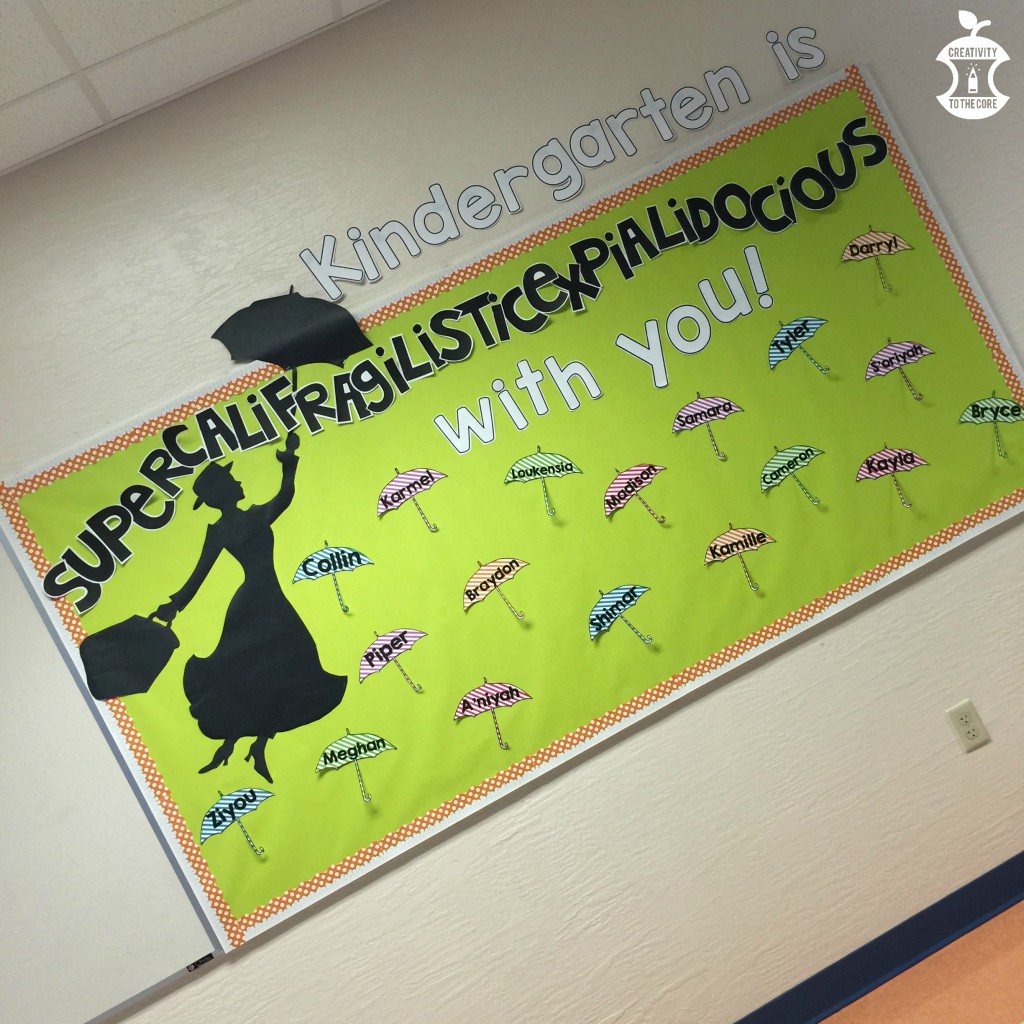

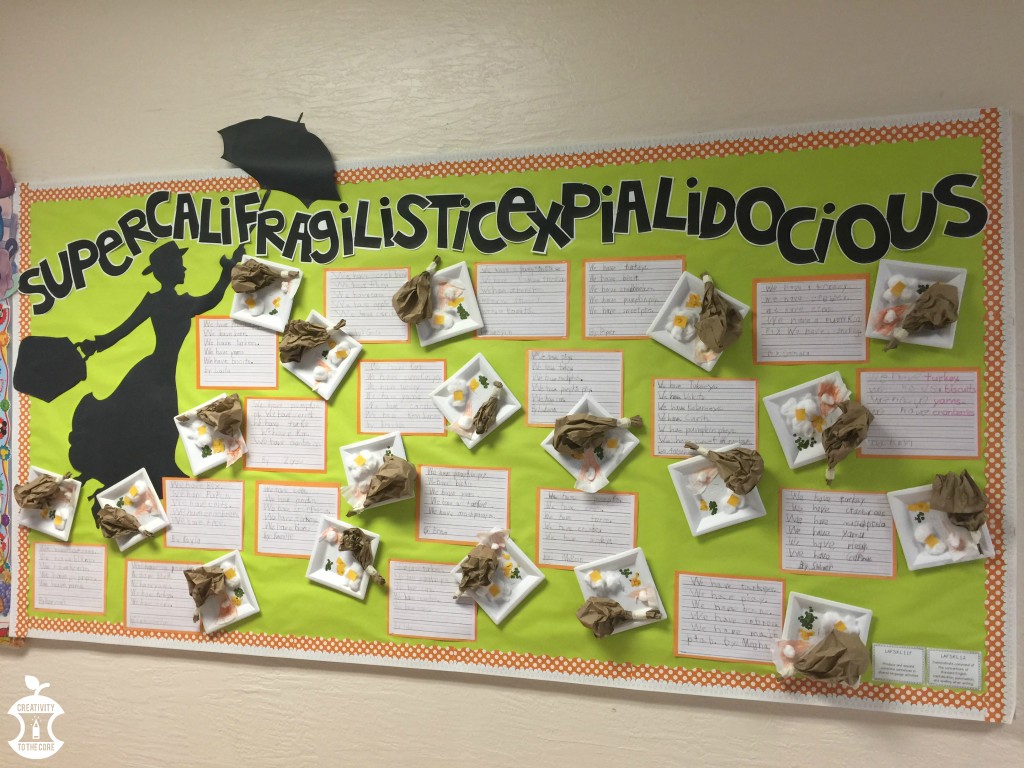
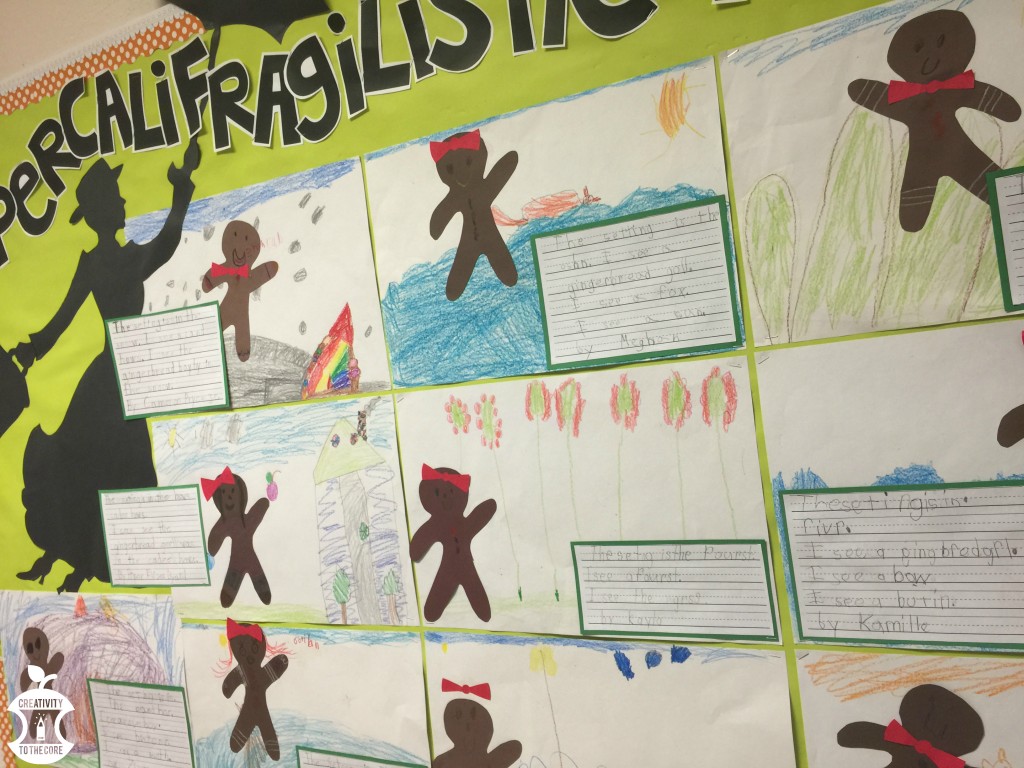
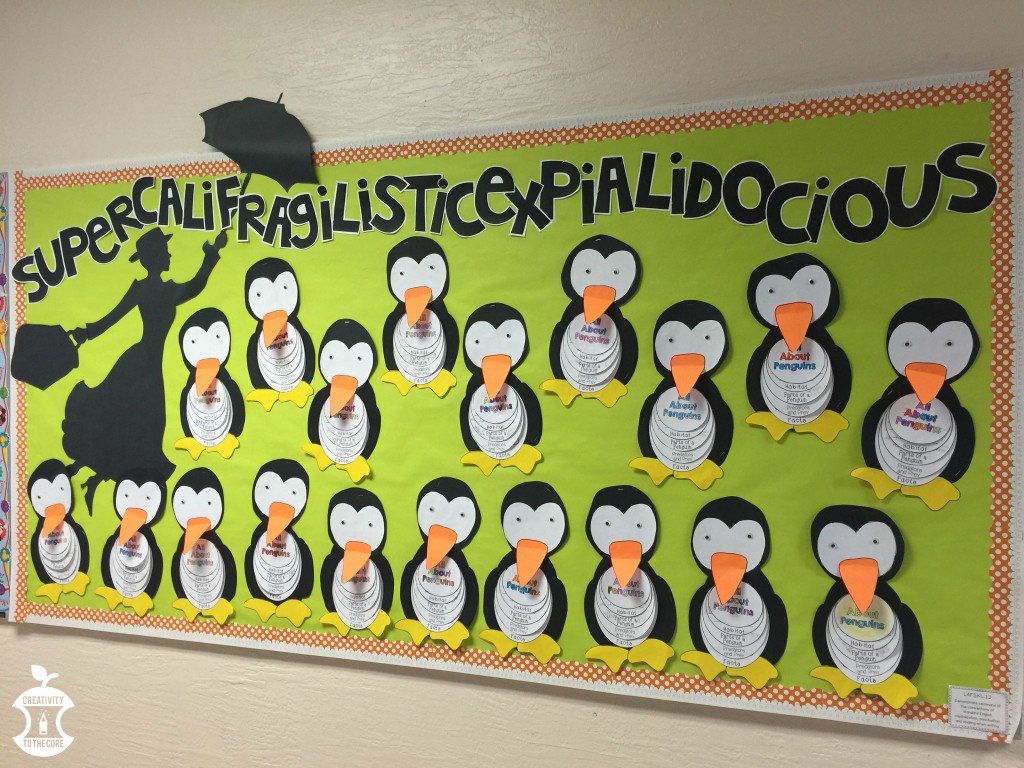
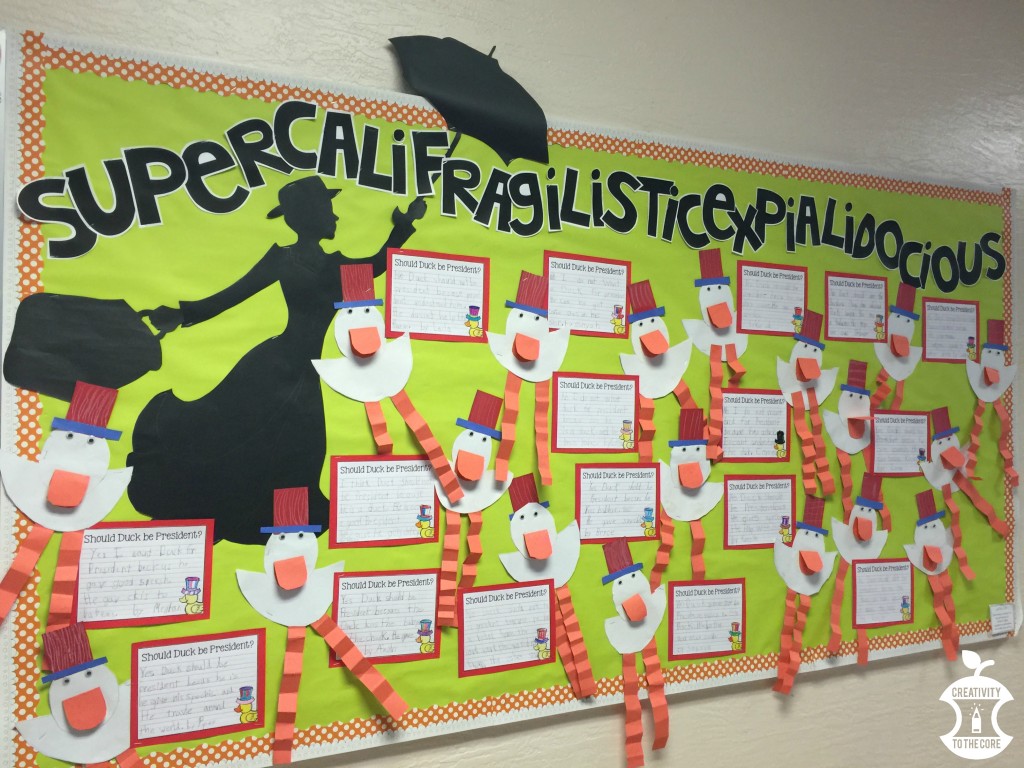
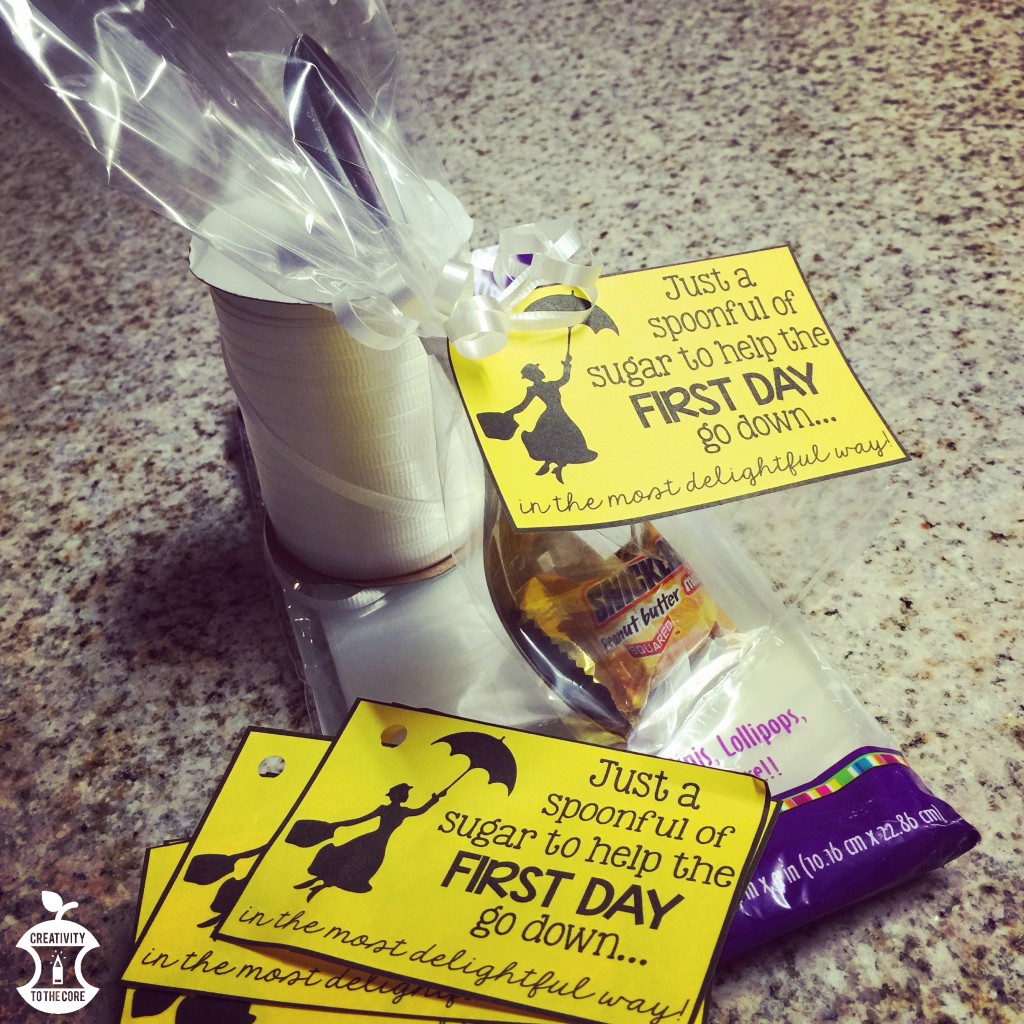
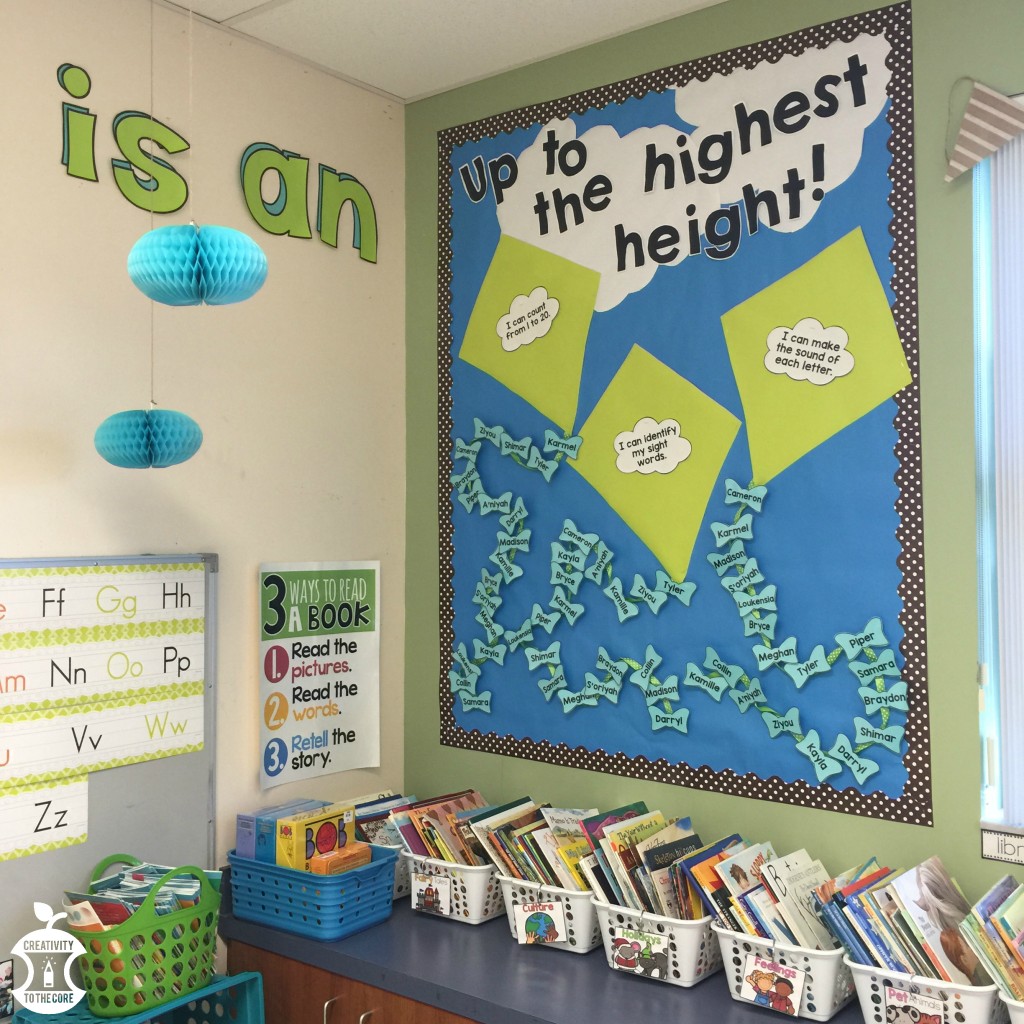


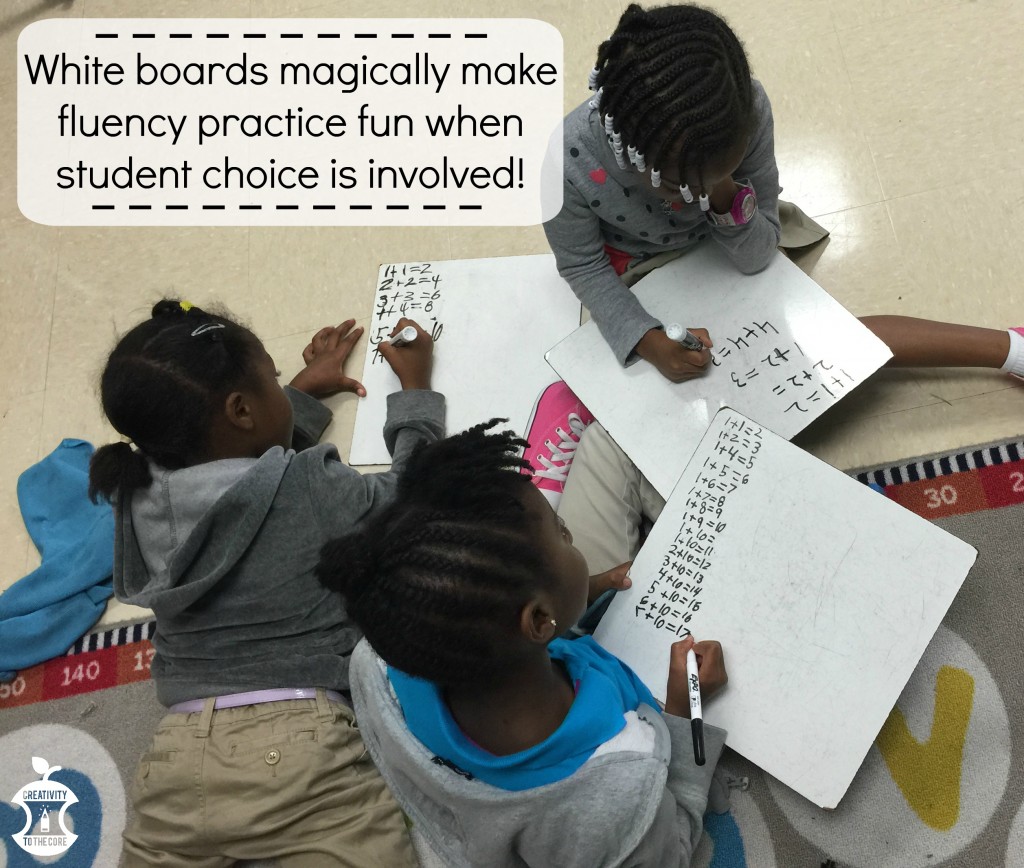
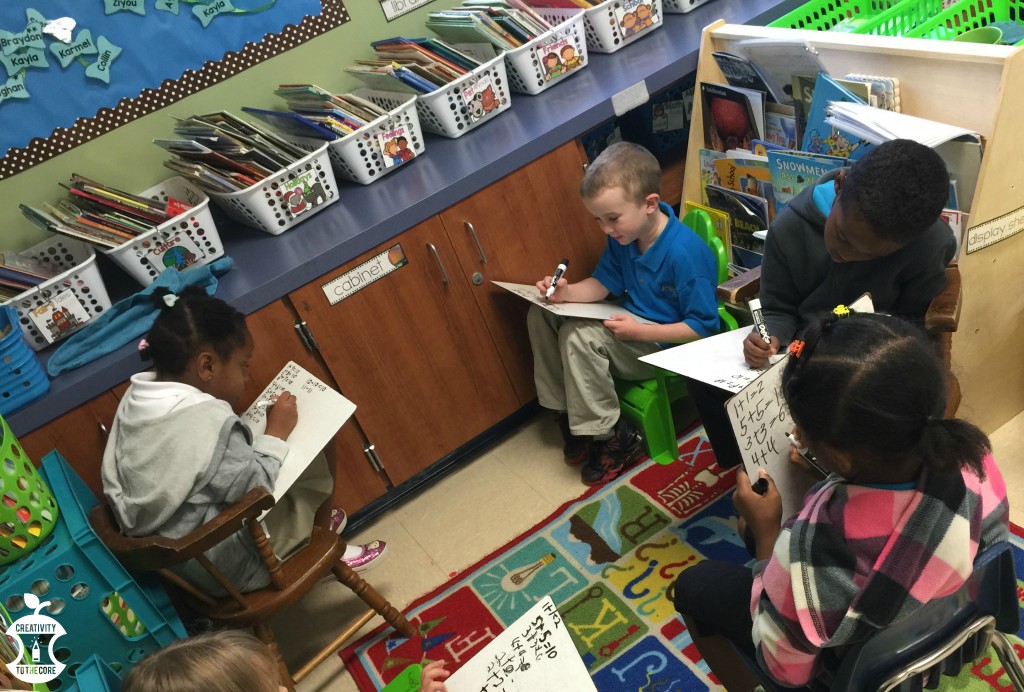
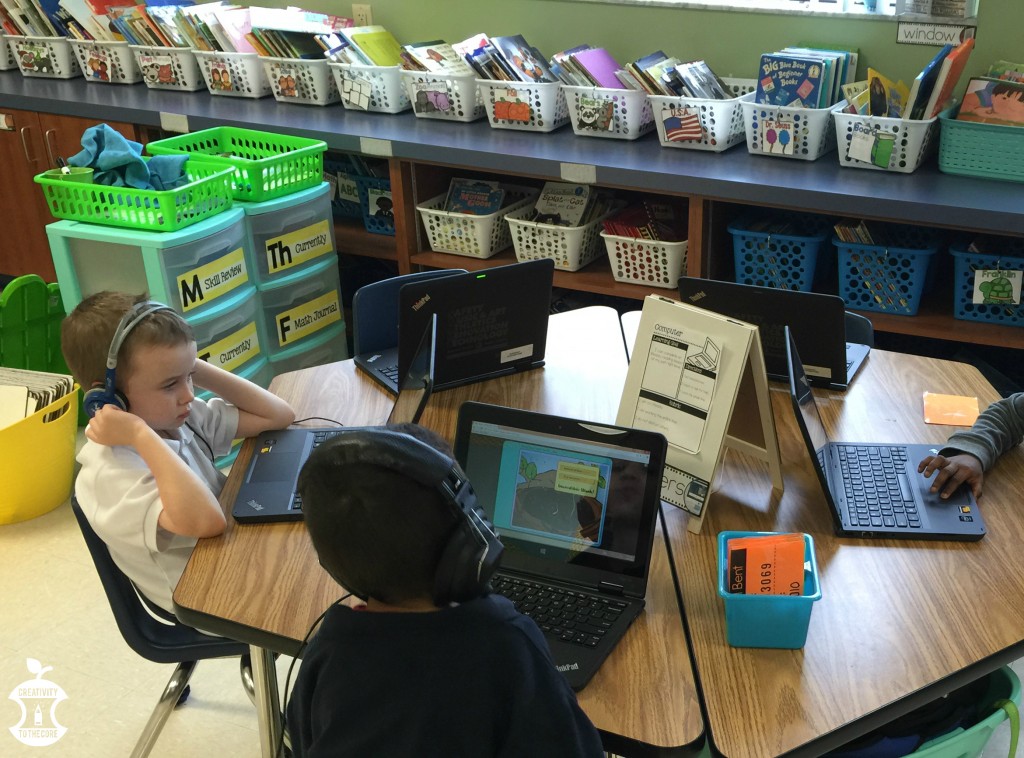
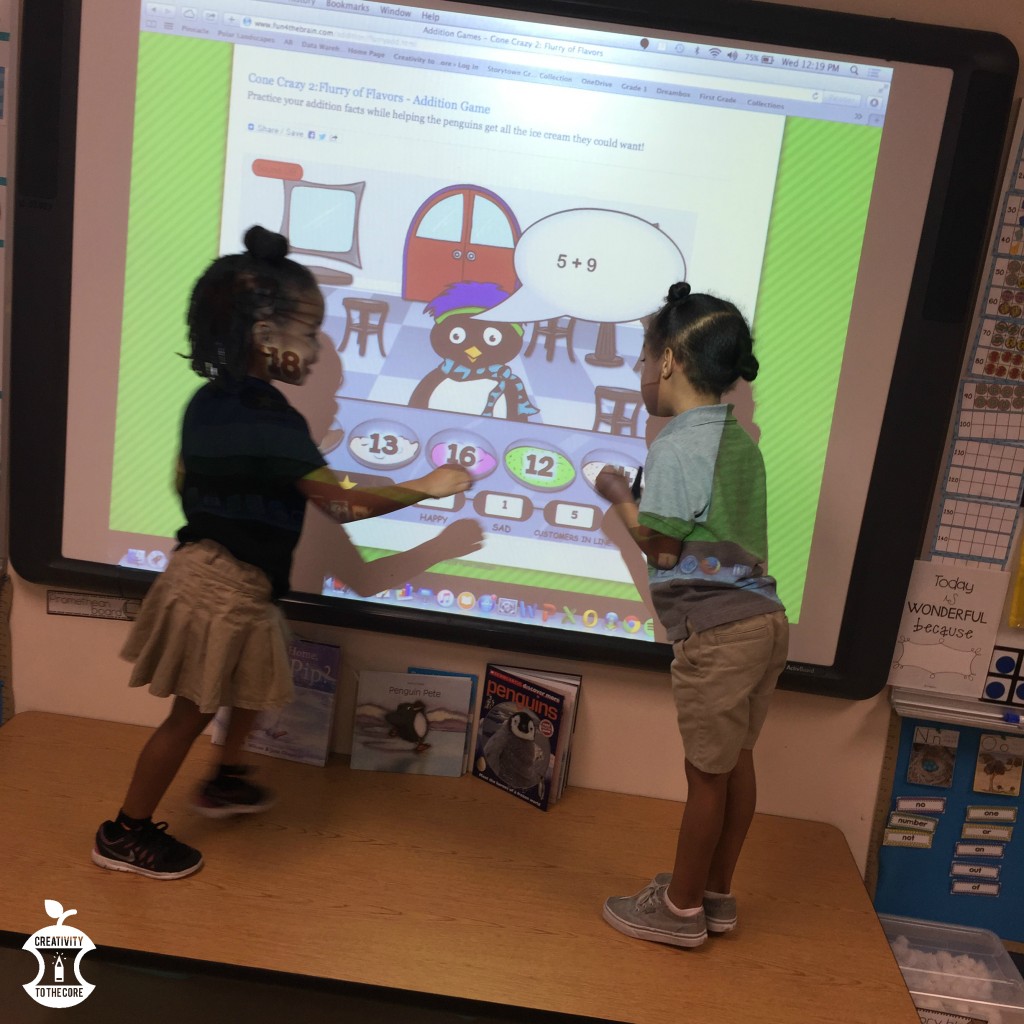
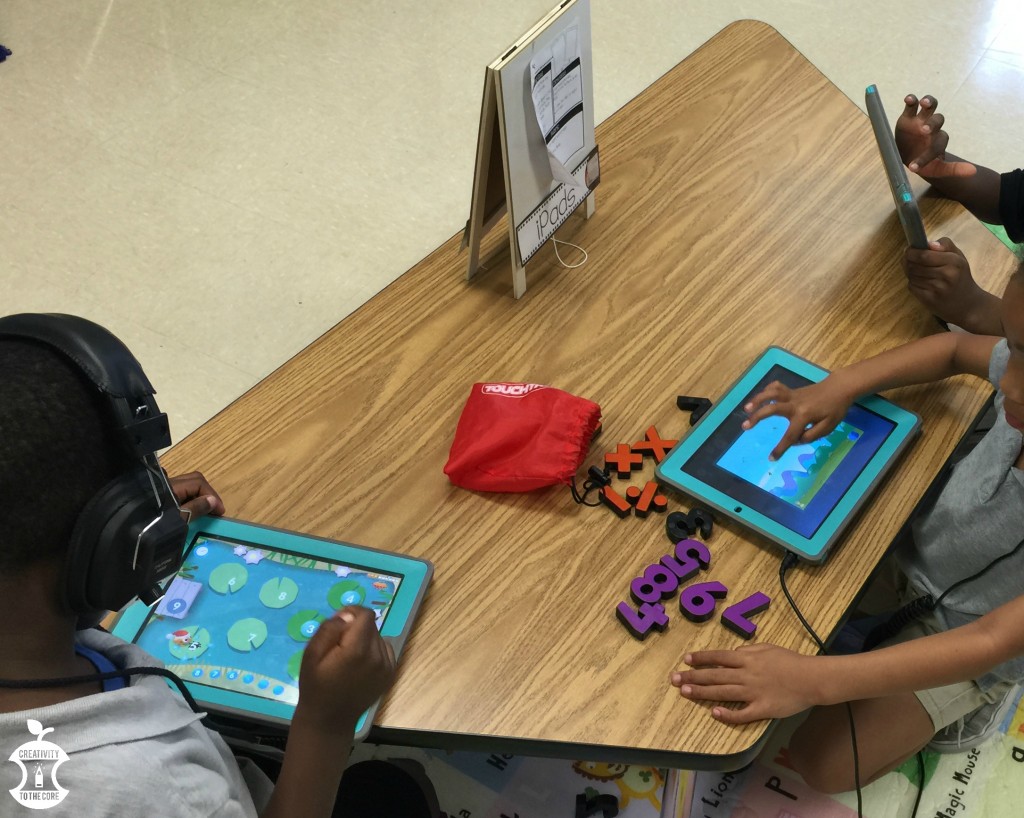
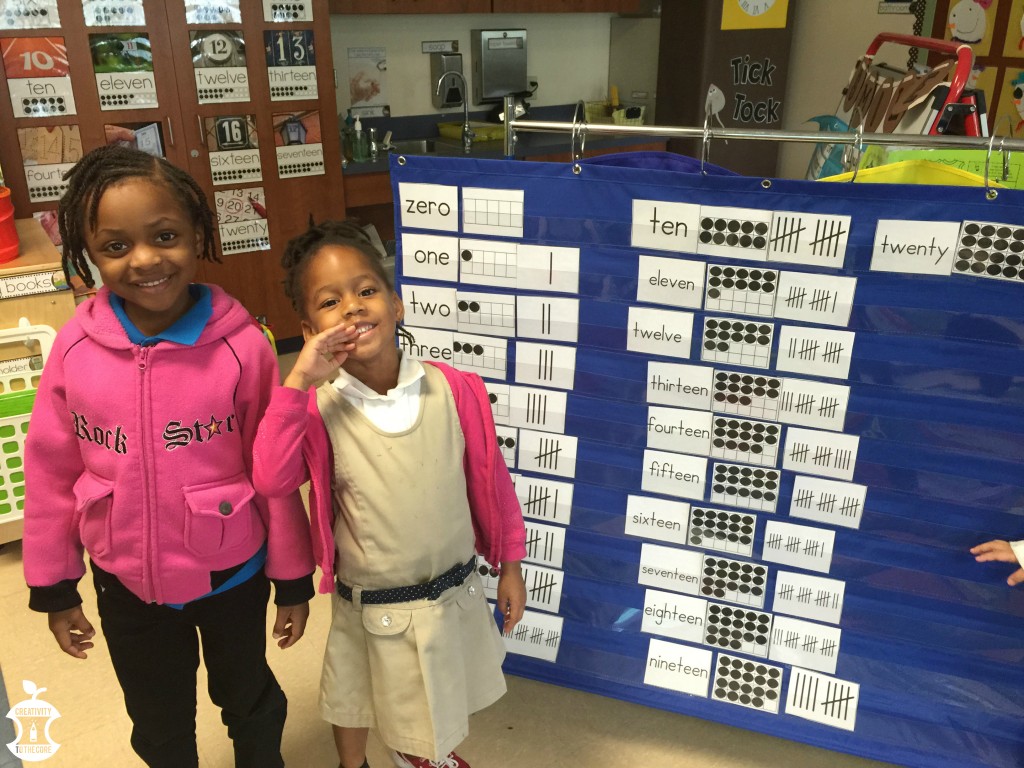

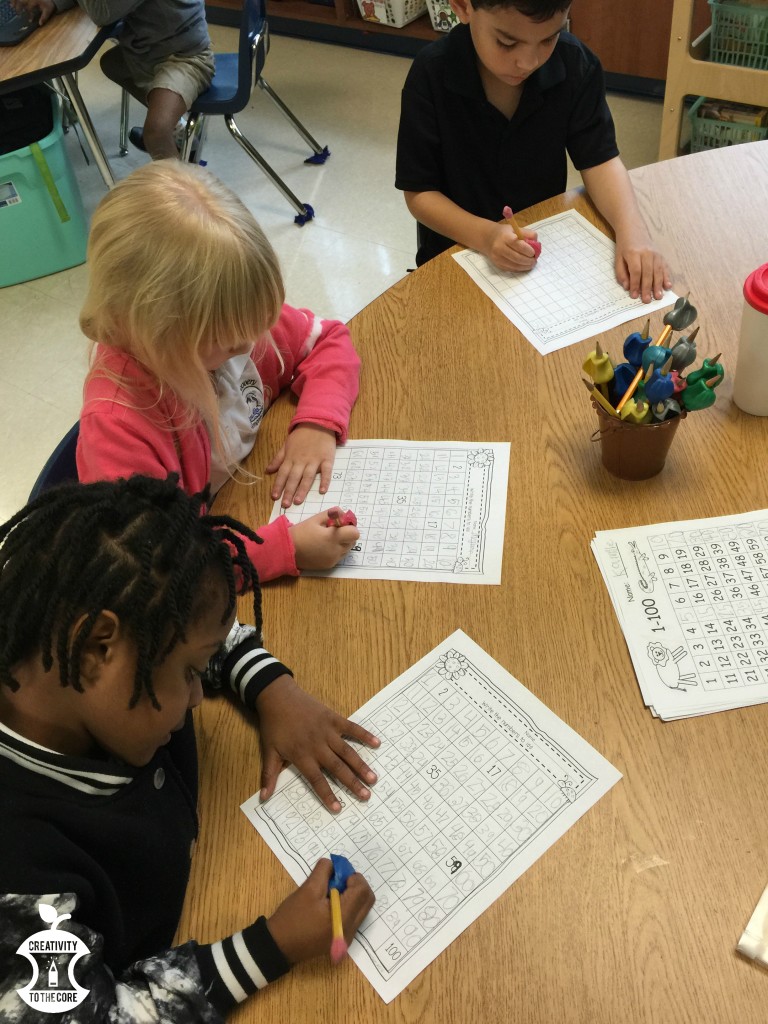

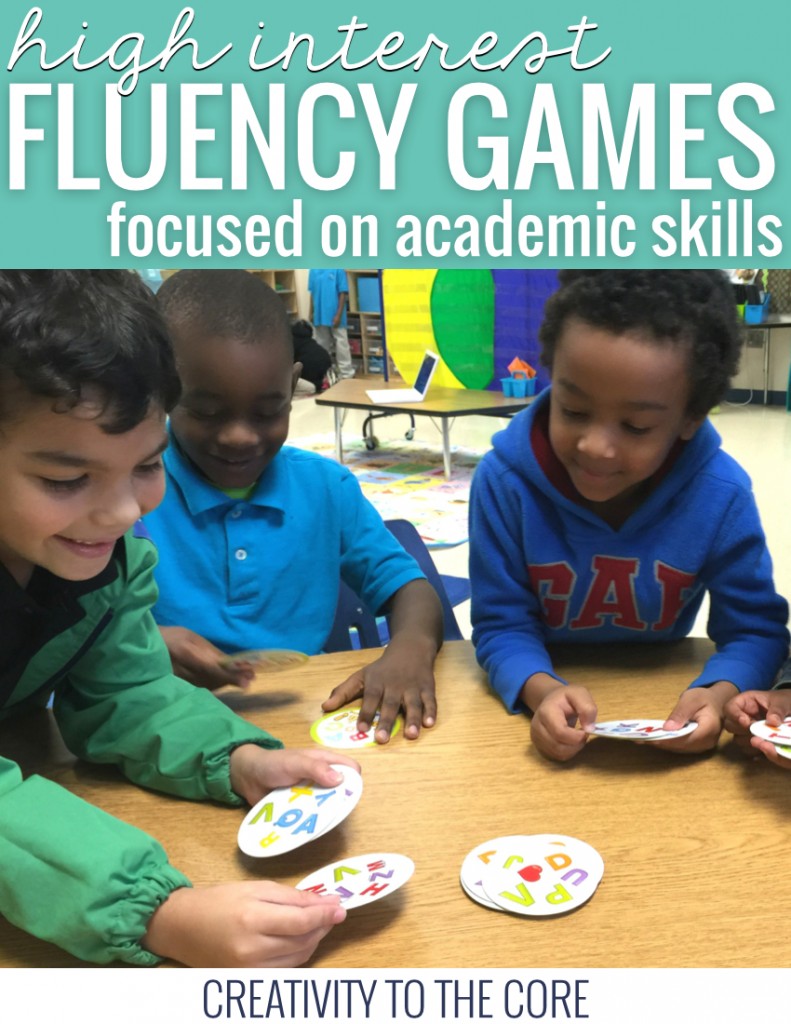
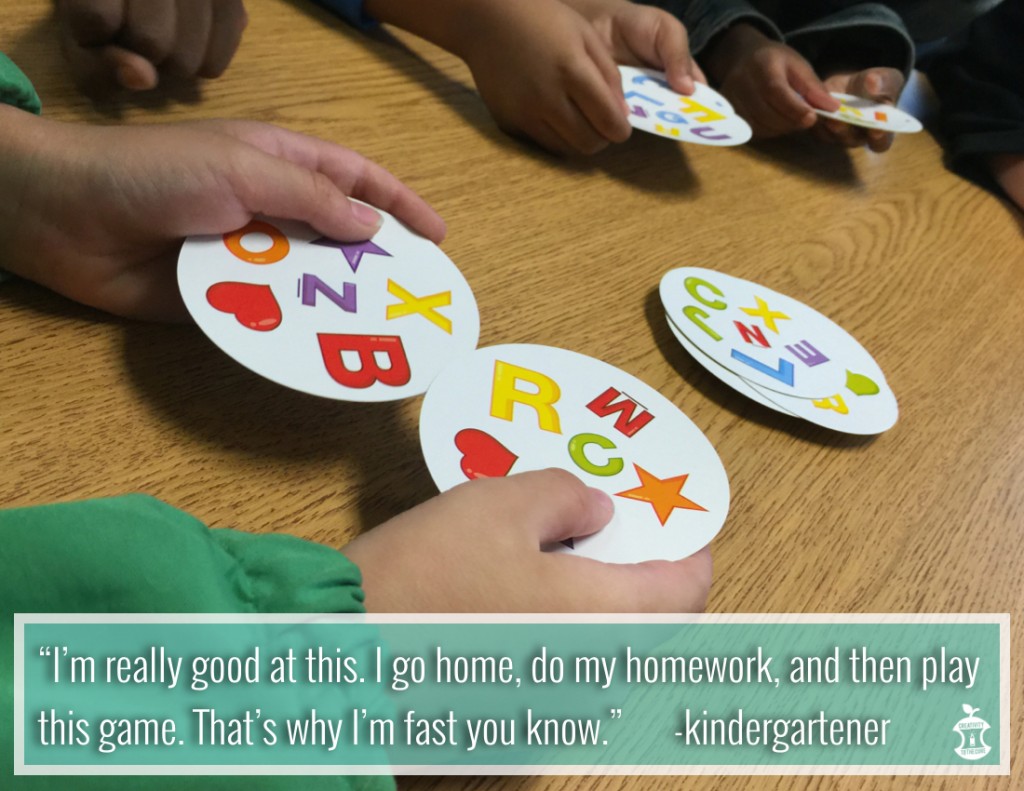
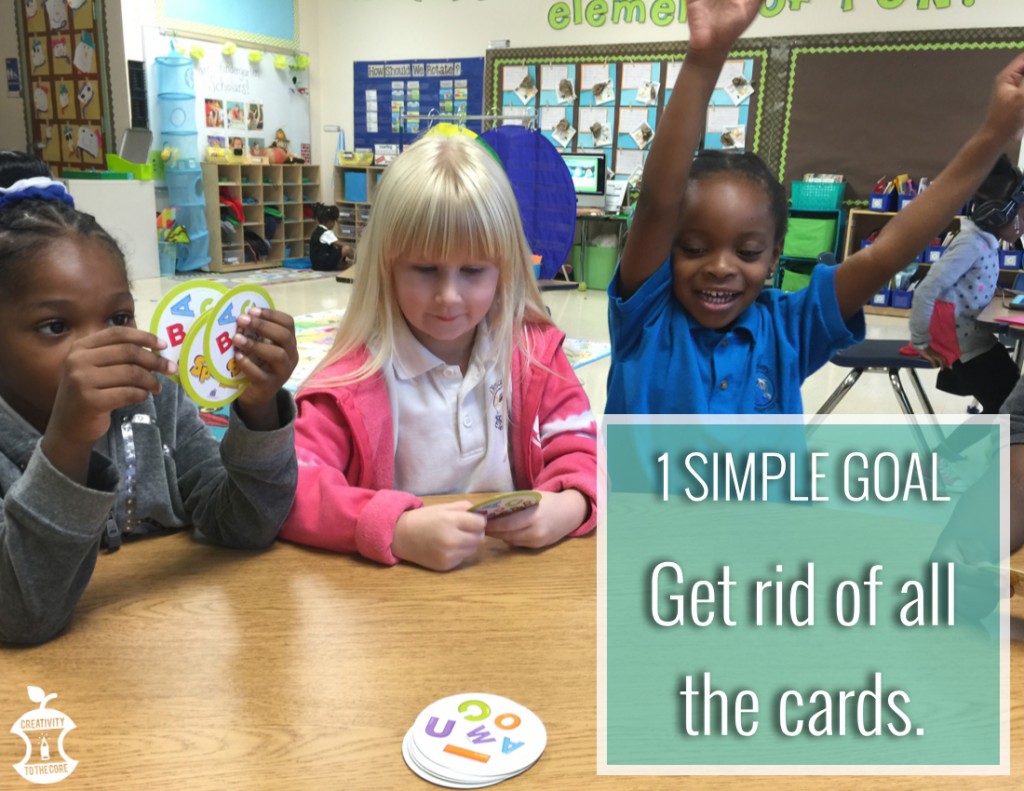

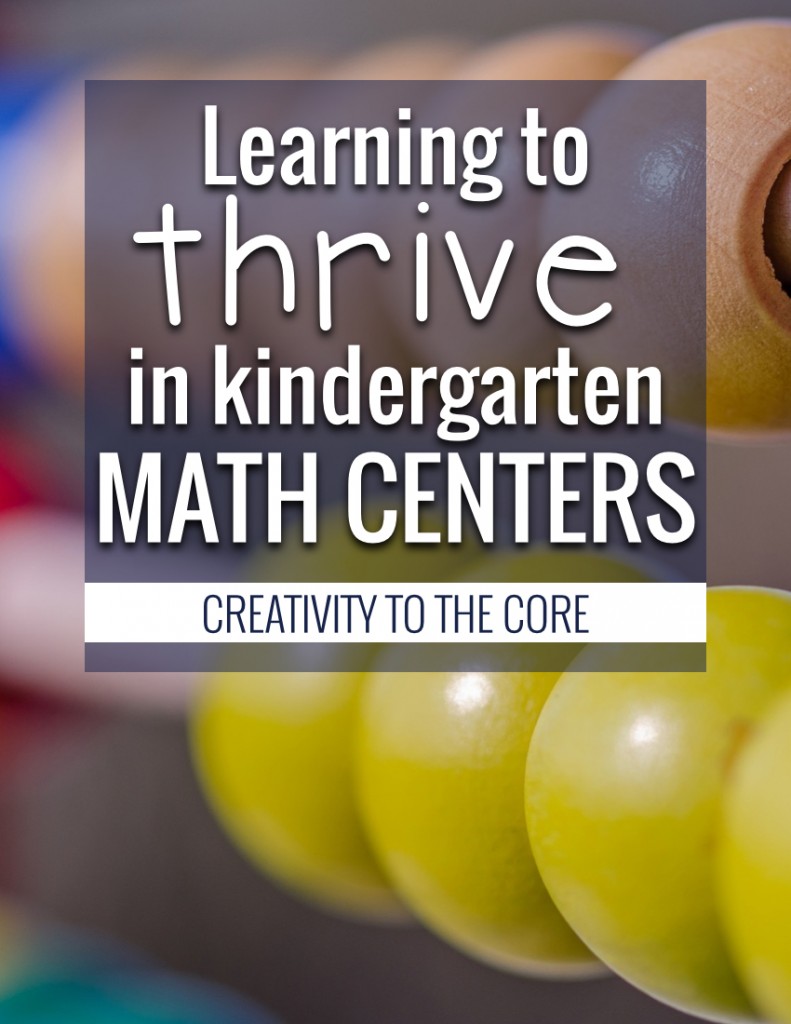
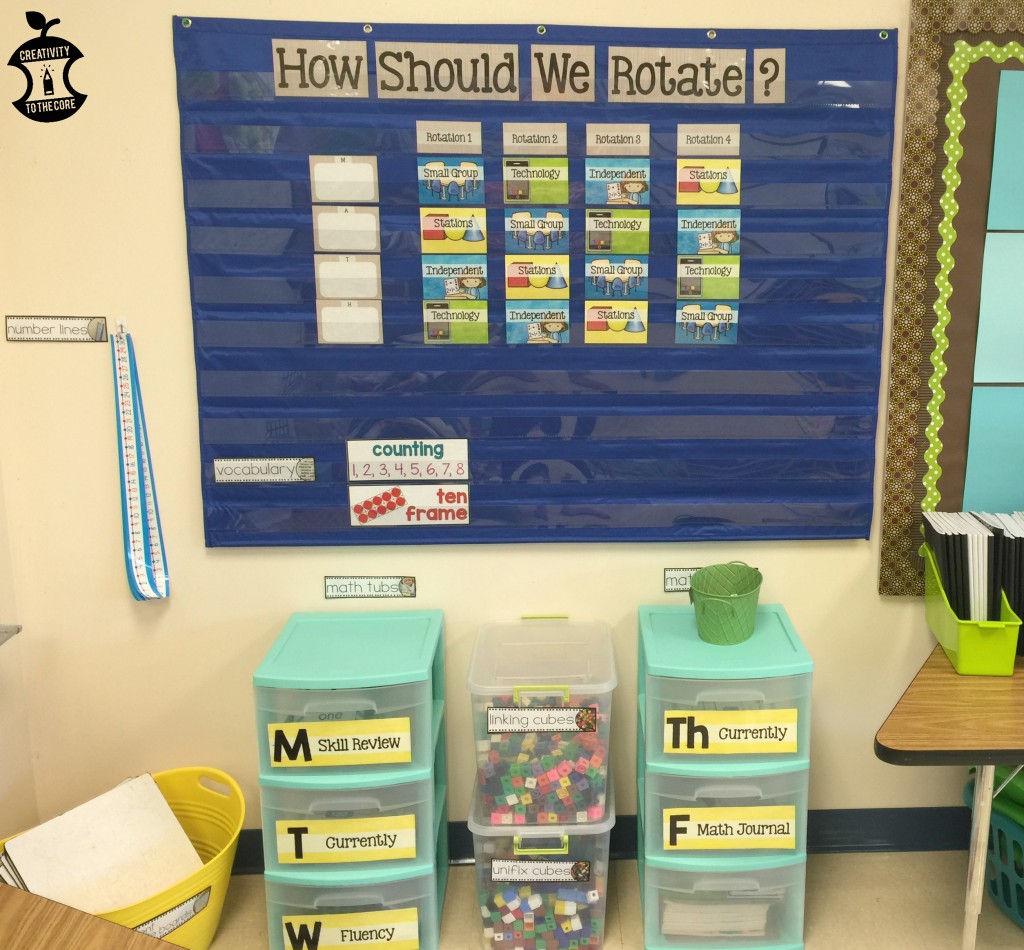
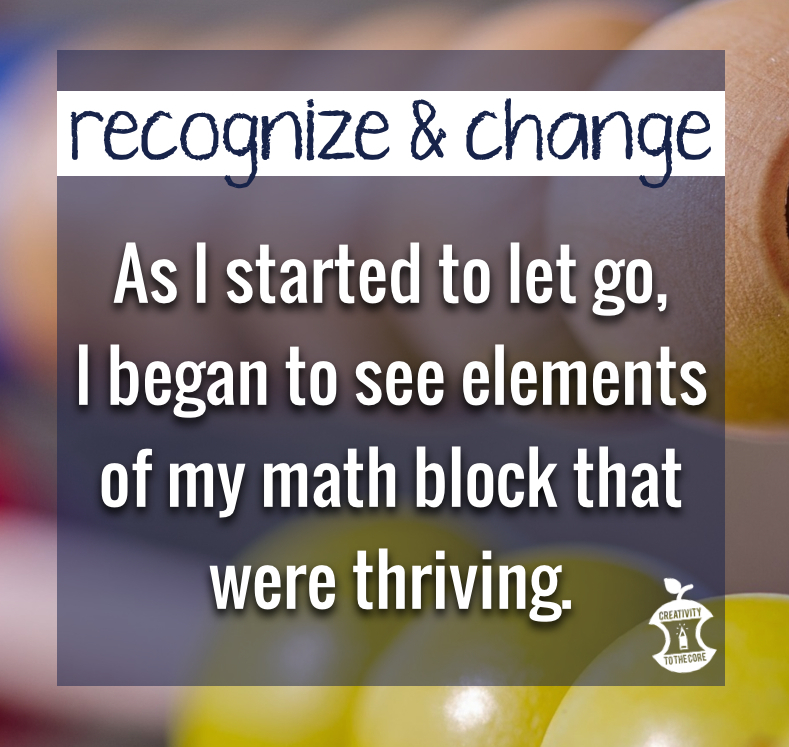
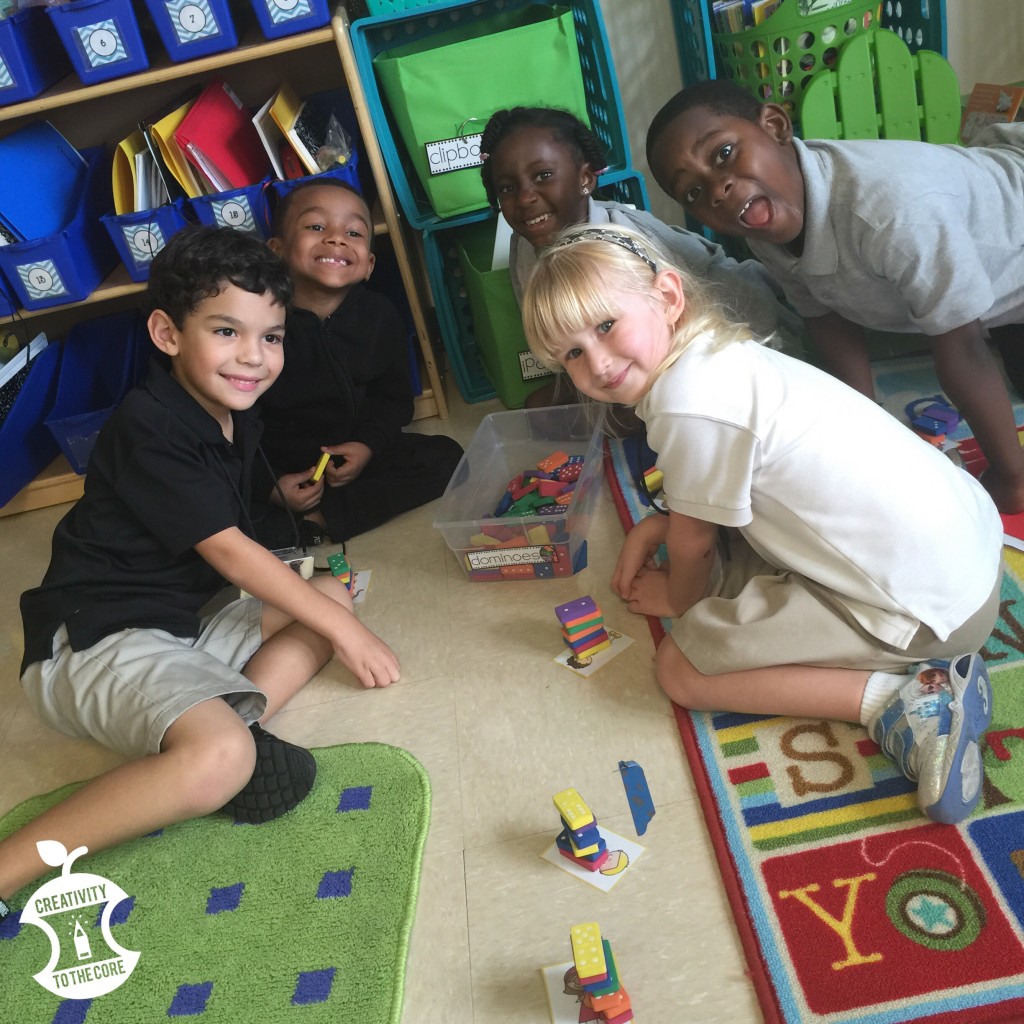
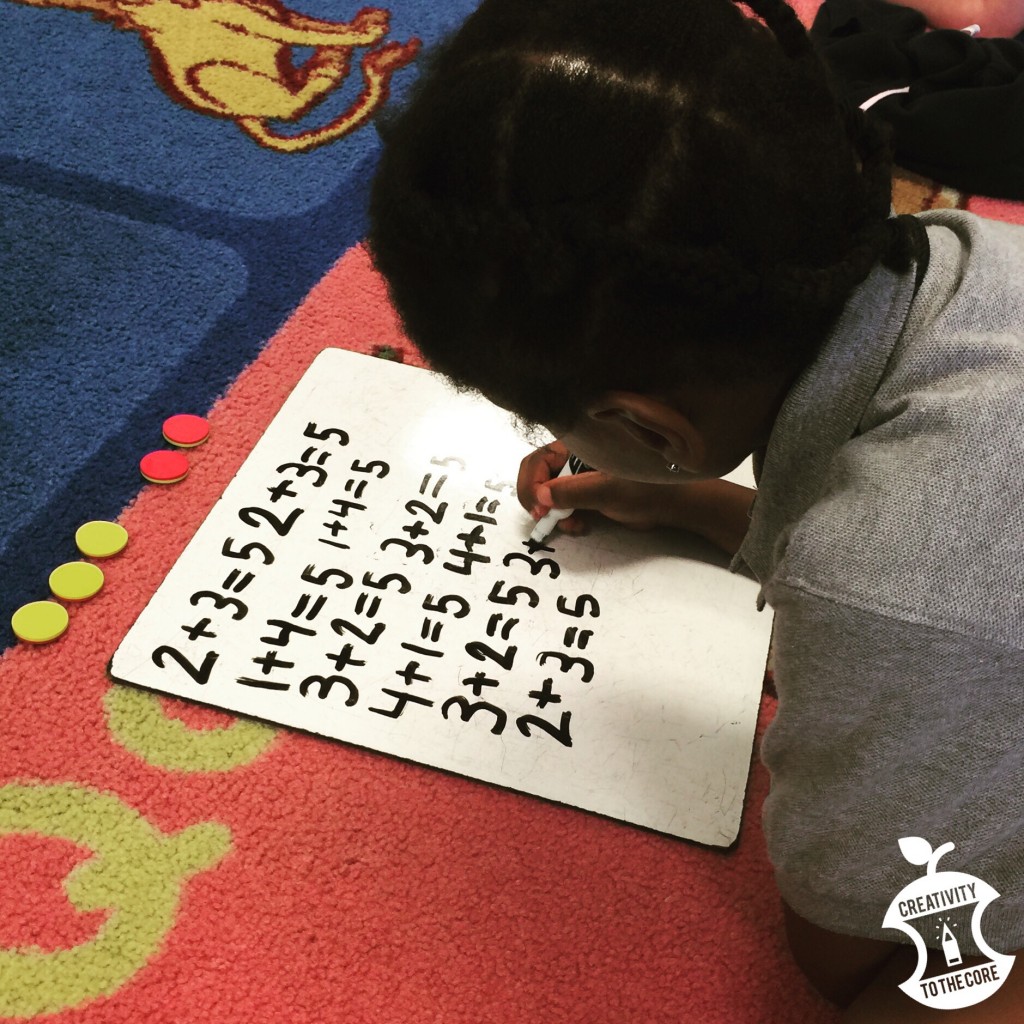 2. Another center is always ten frame fluency. Students quiz each other on how quickly they can identify the number in the ten frame as well as how many more are needed in the ten frame to make a ten. This helps them practice subtizing and addition fluency.
2. Another center is always ten frame fluency. Students quiz each other on how quickly they can identify the number in the ten frame as well as how many more are needed in the ten frame to make a ten. This helps them practice subtizing and addition fluency.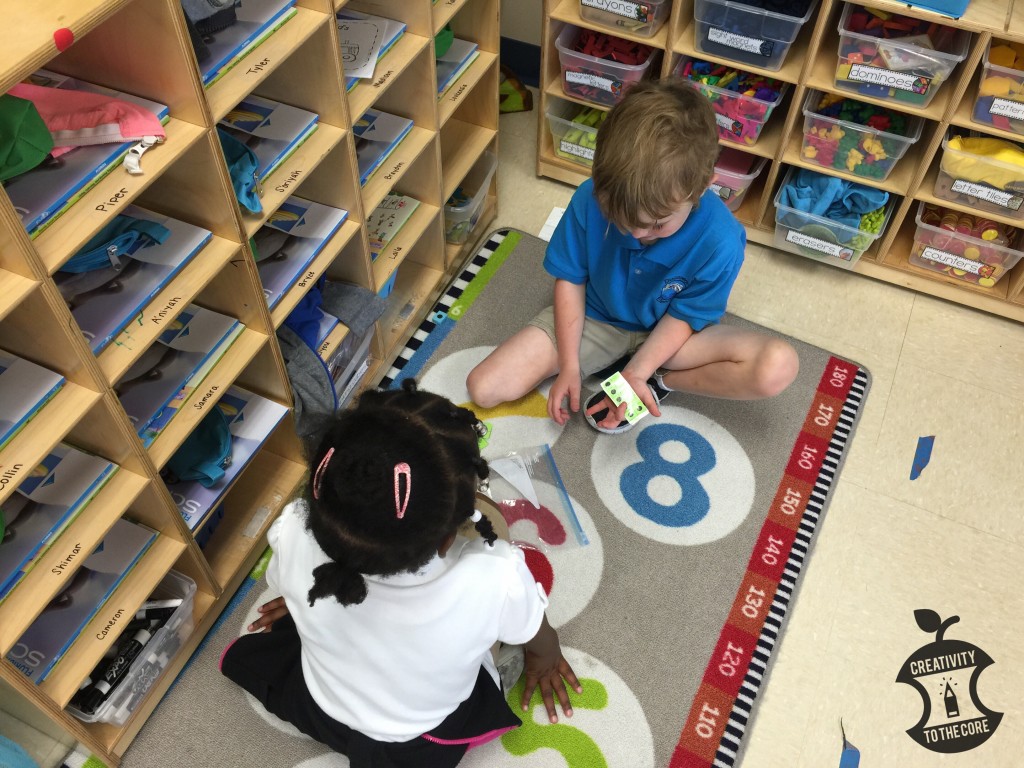 3. The last center is a review activity. This may include ordering number cards, using links to build numbers, comparing numbers, or counting by 5’s and 10’s. You can find this
3. The last center is a review activity. This may include ordering number cards, using links to build numbers, comparing numbers, or counting by 5’s and 10’s. You can find this 